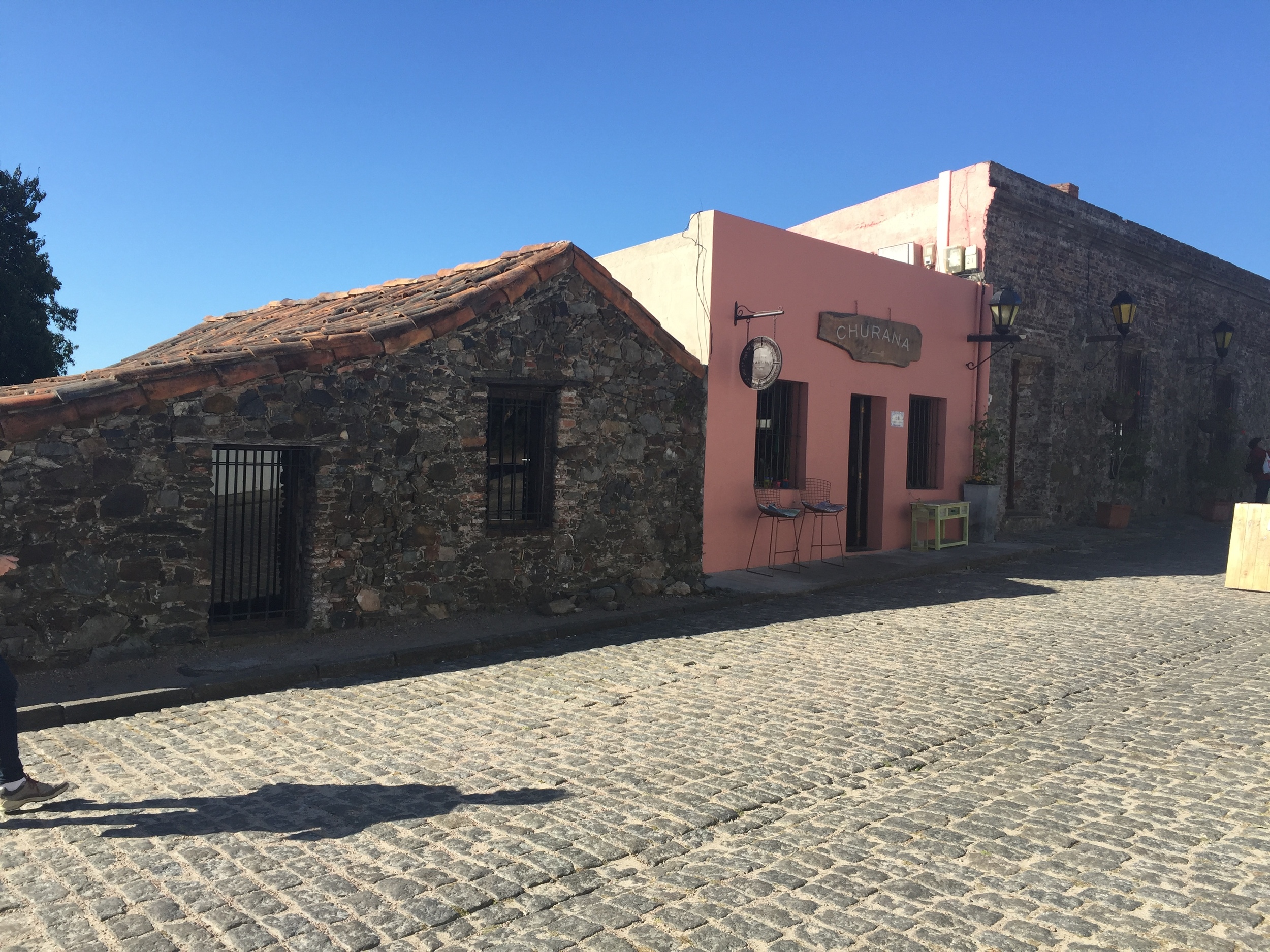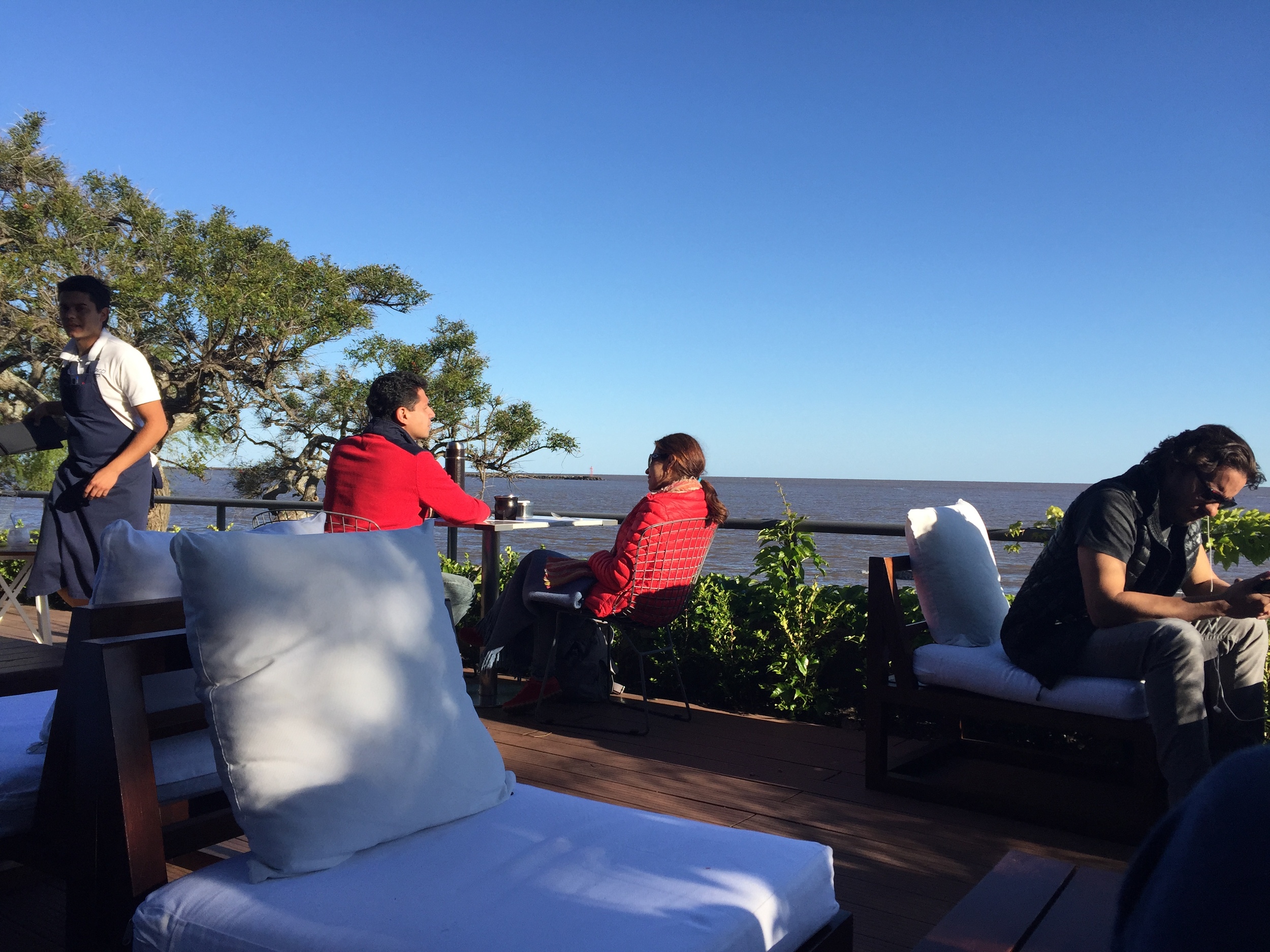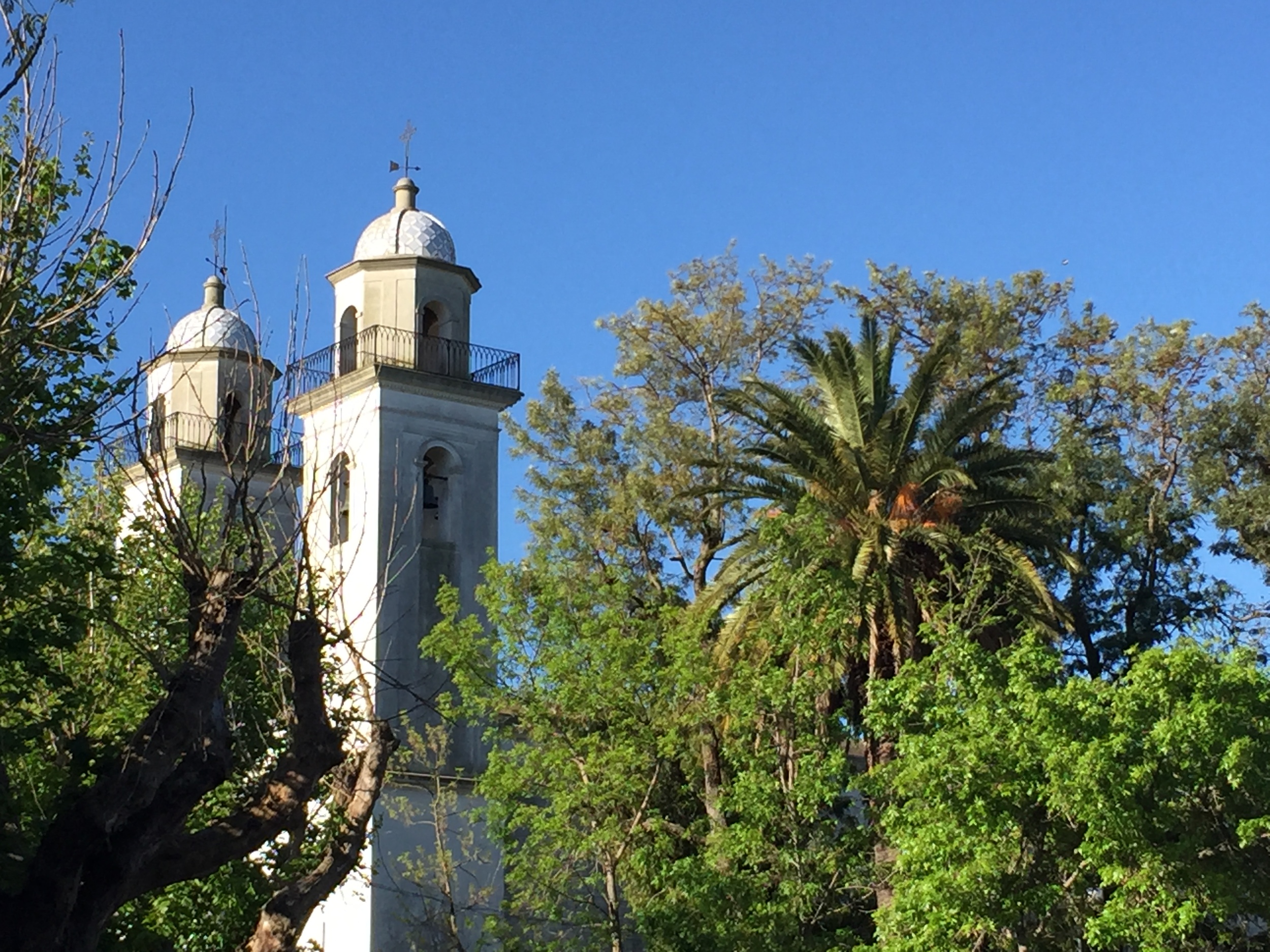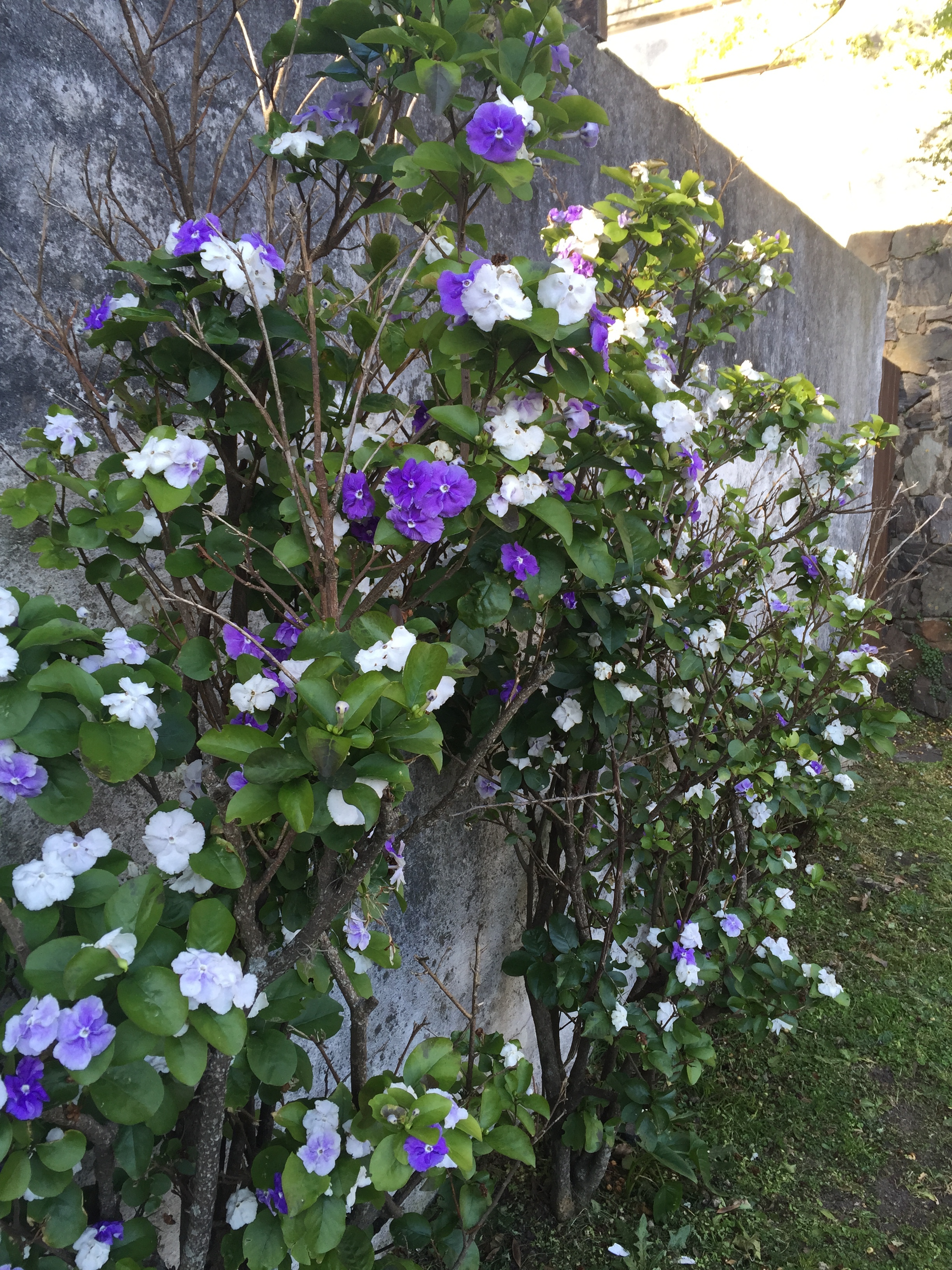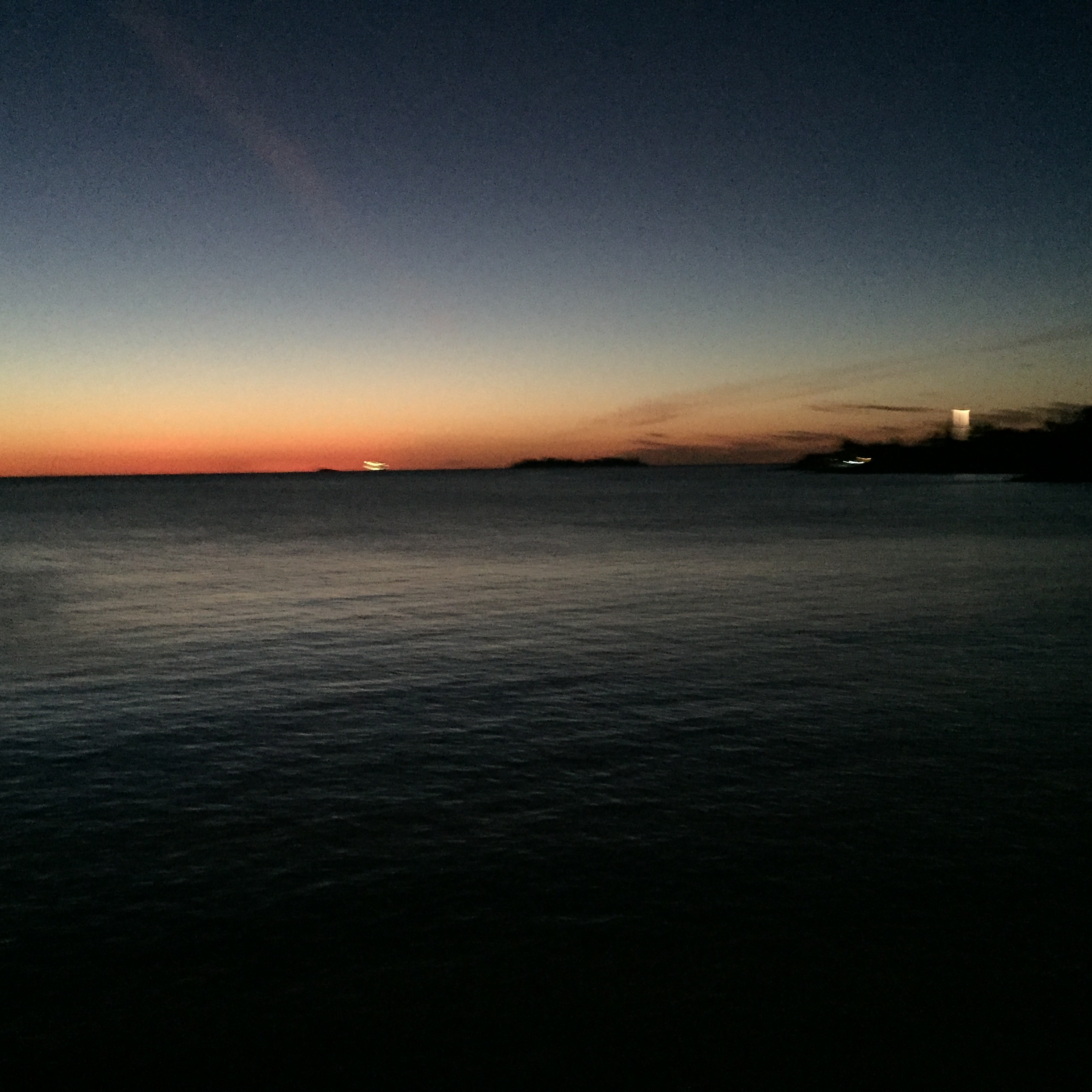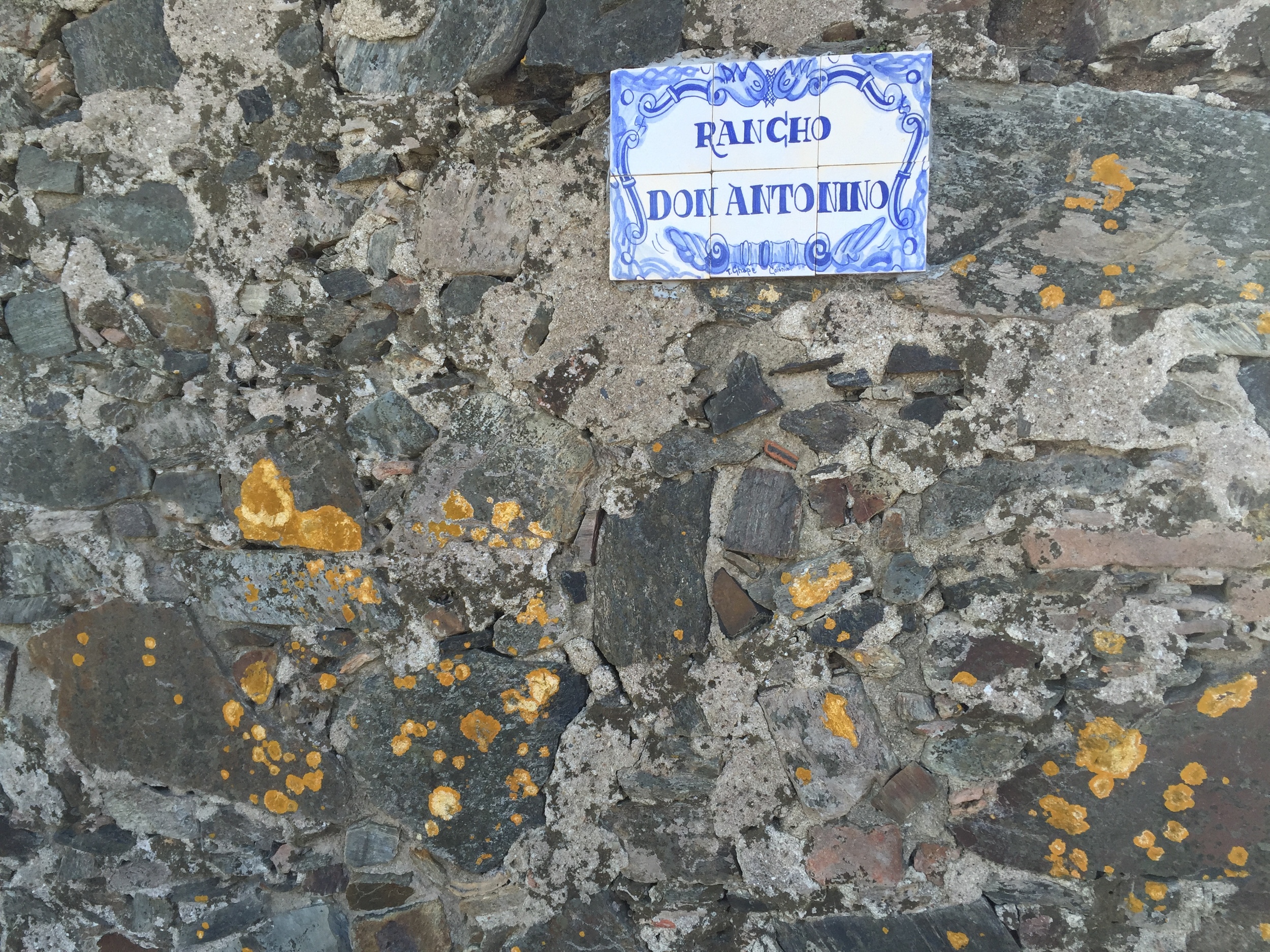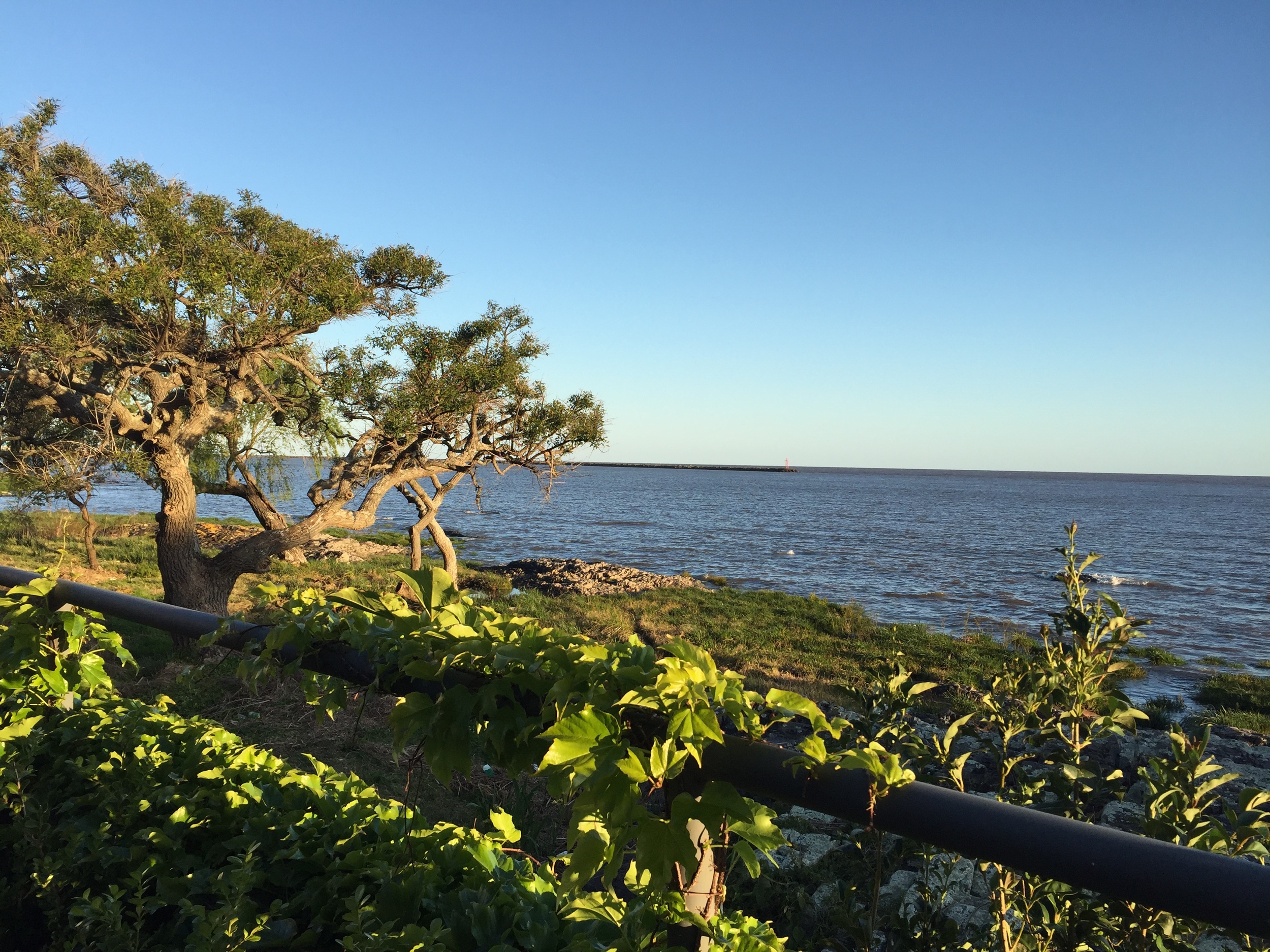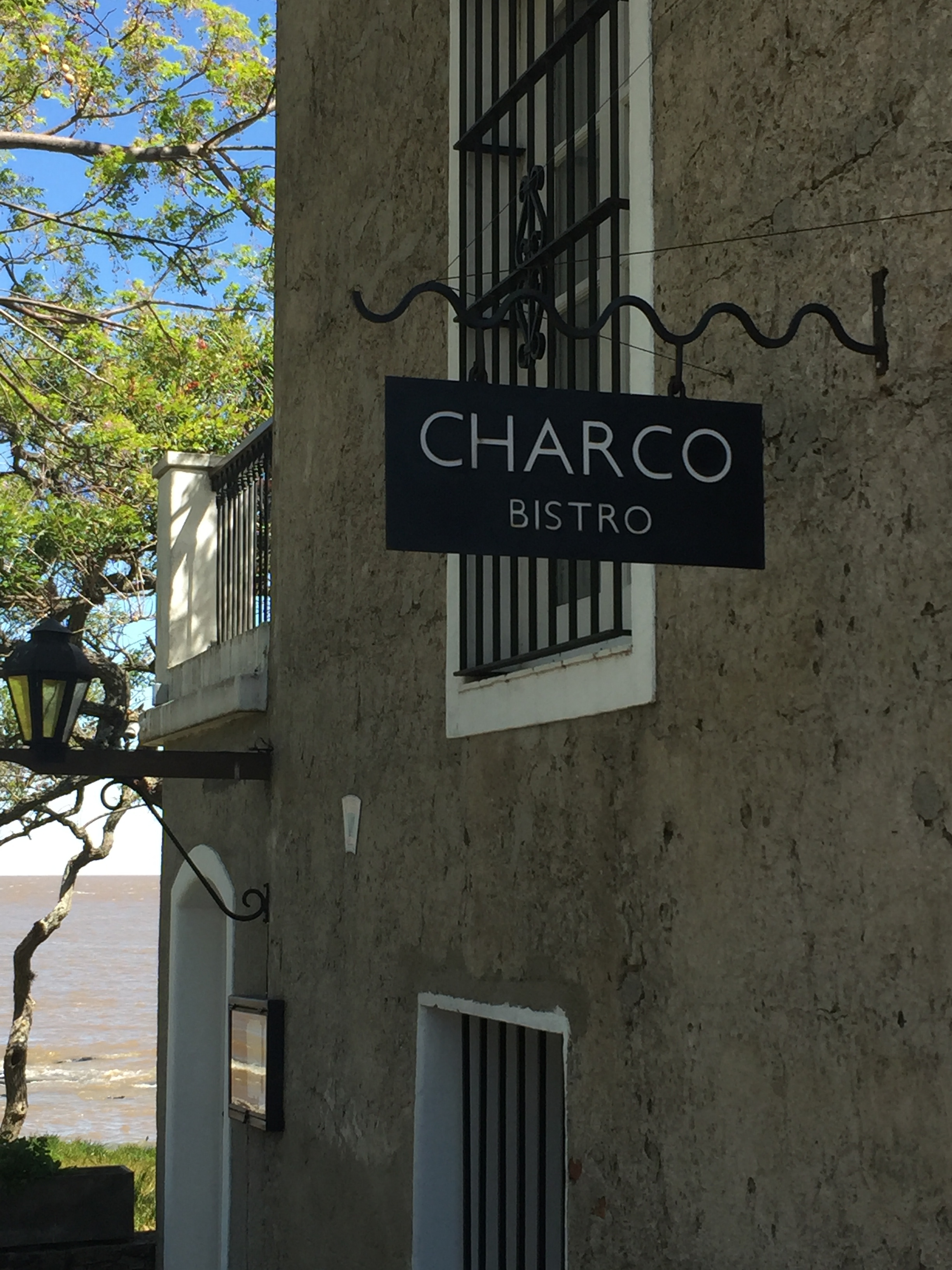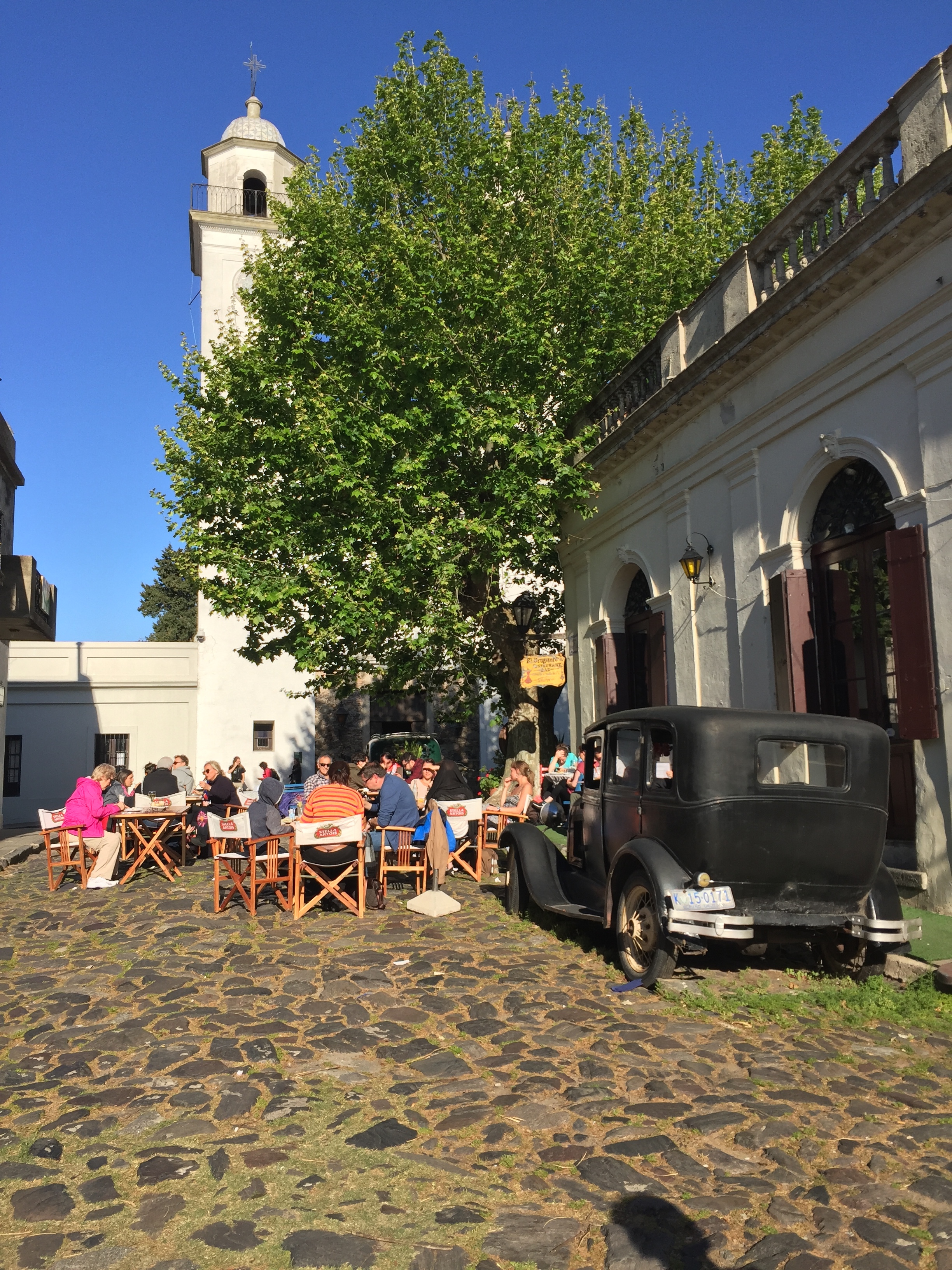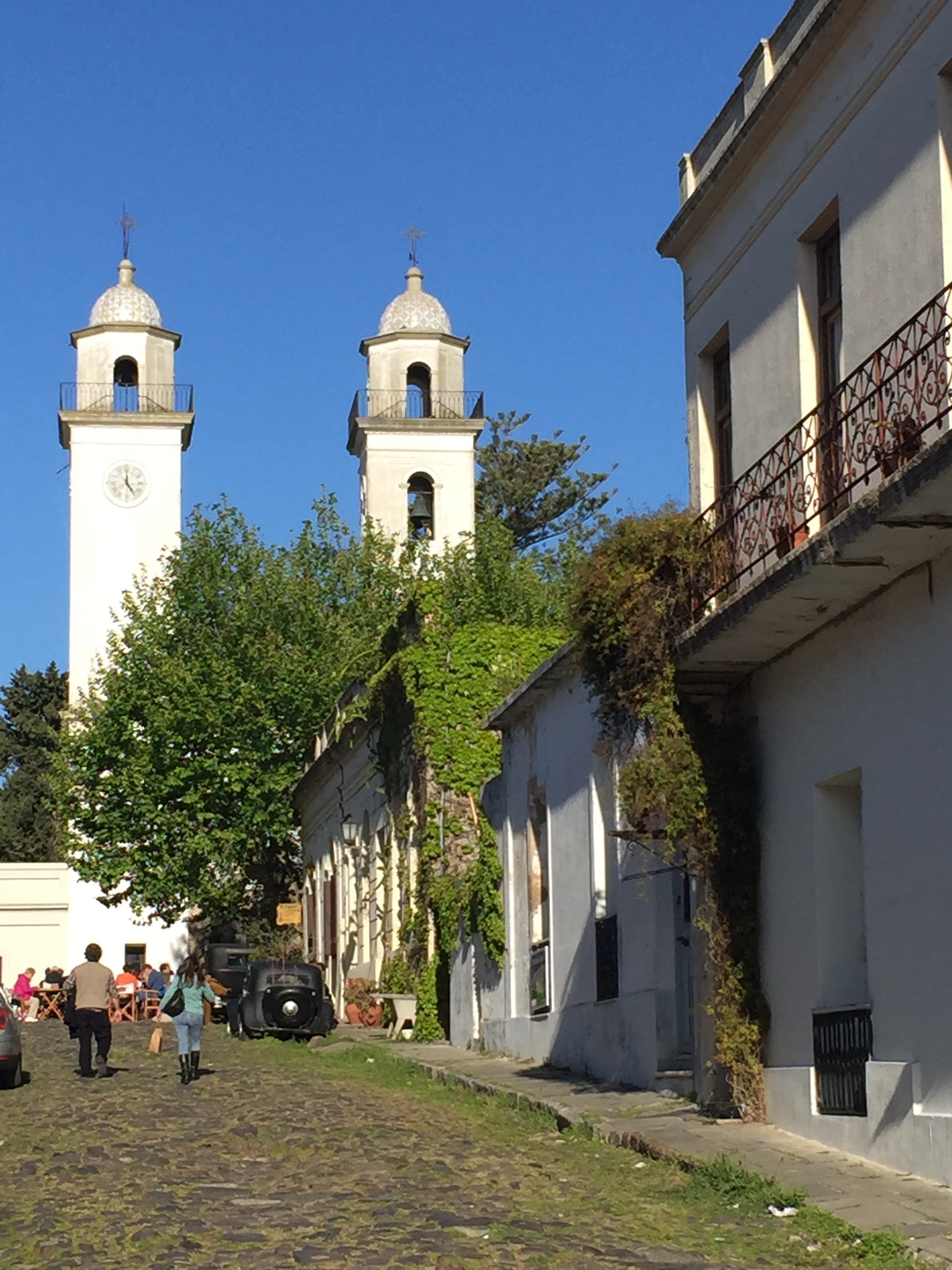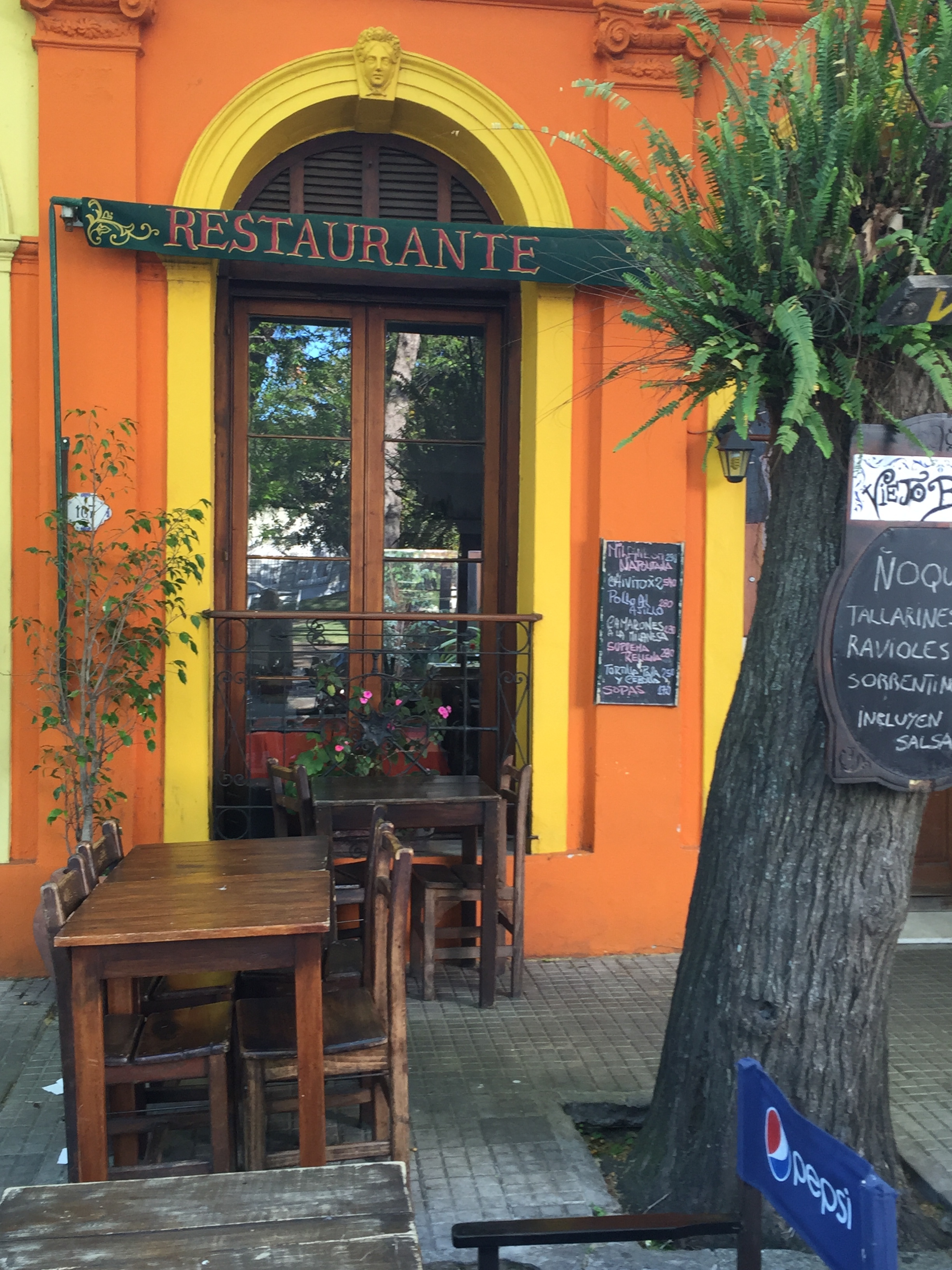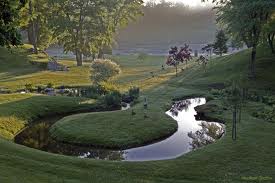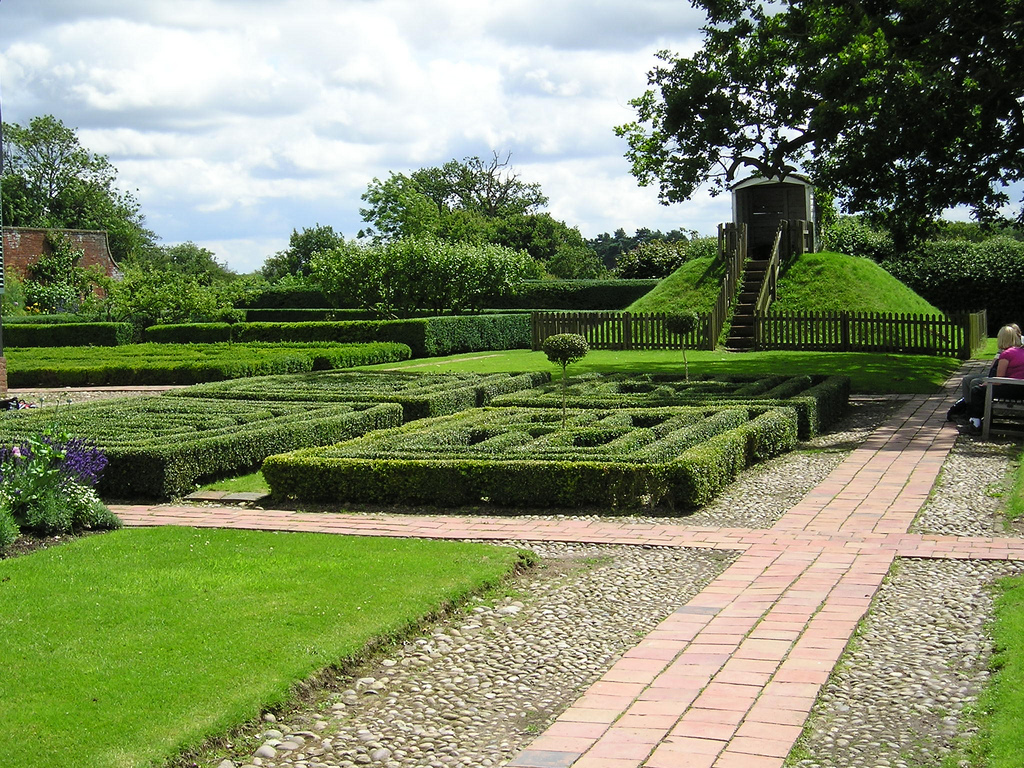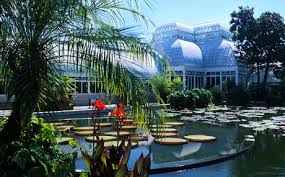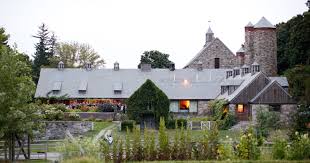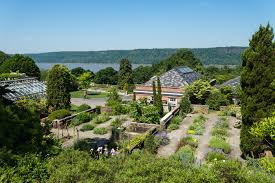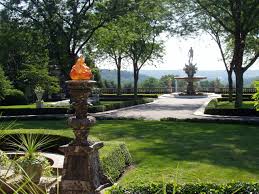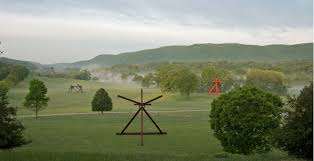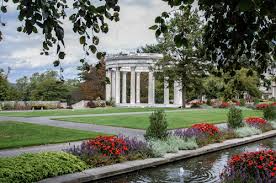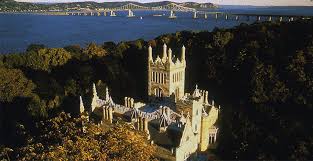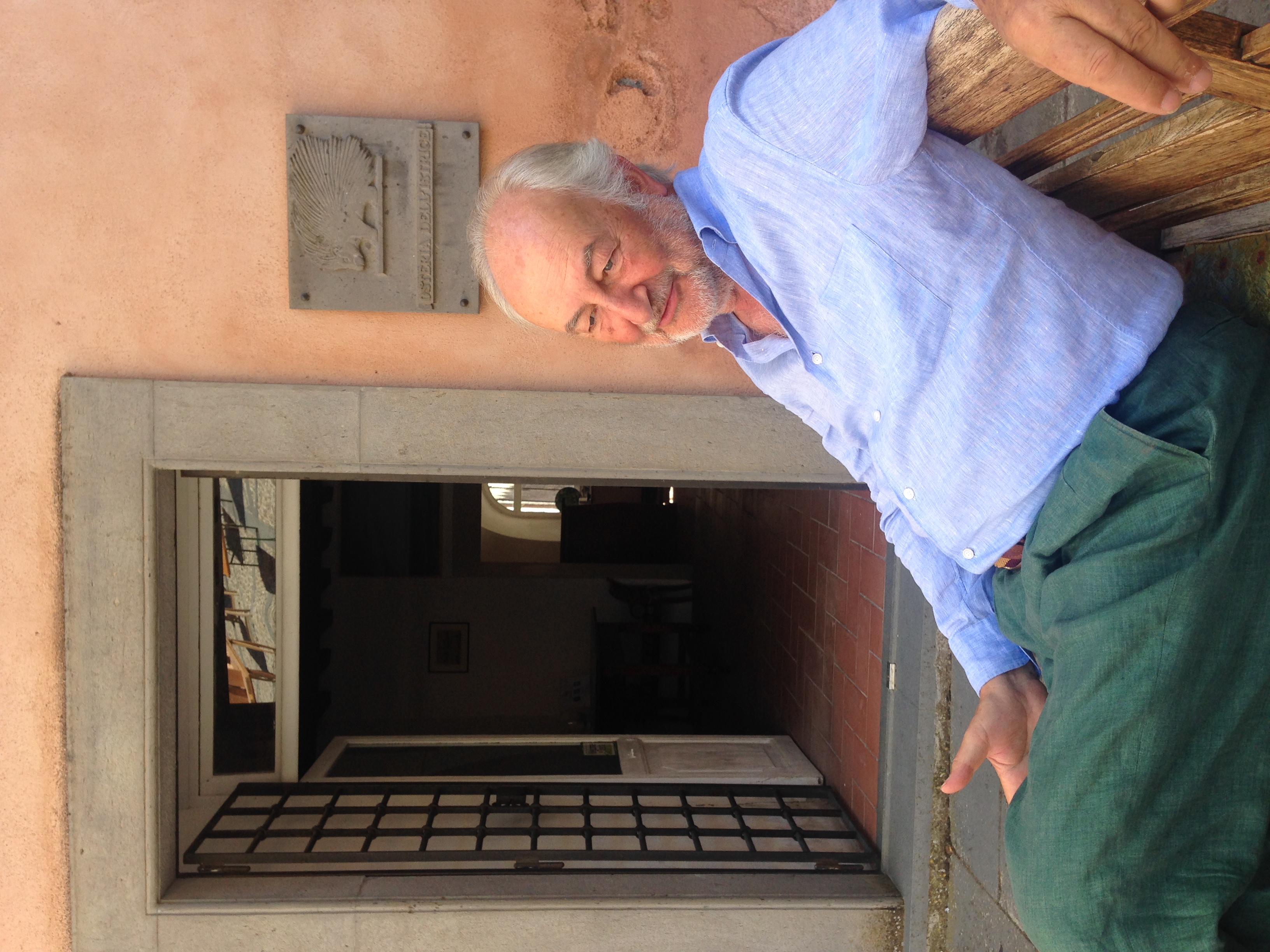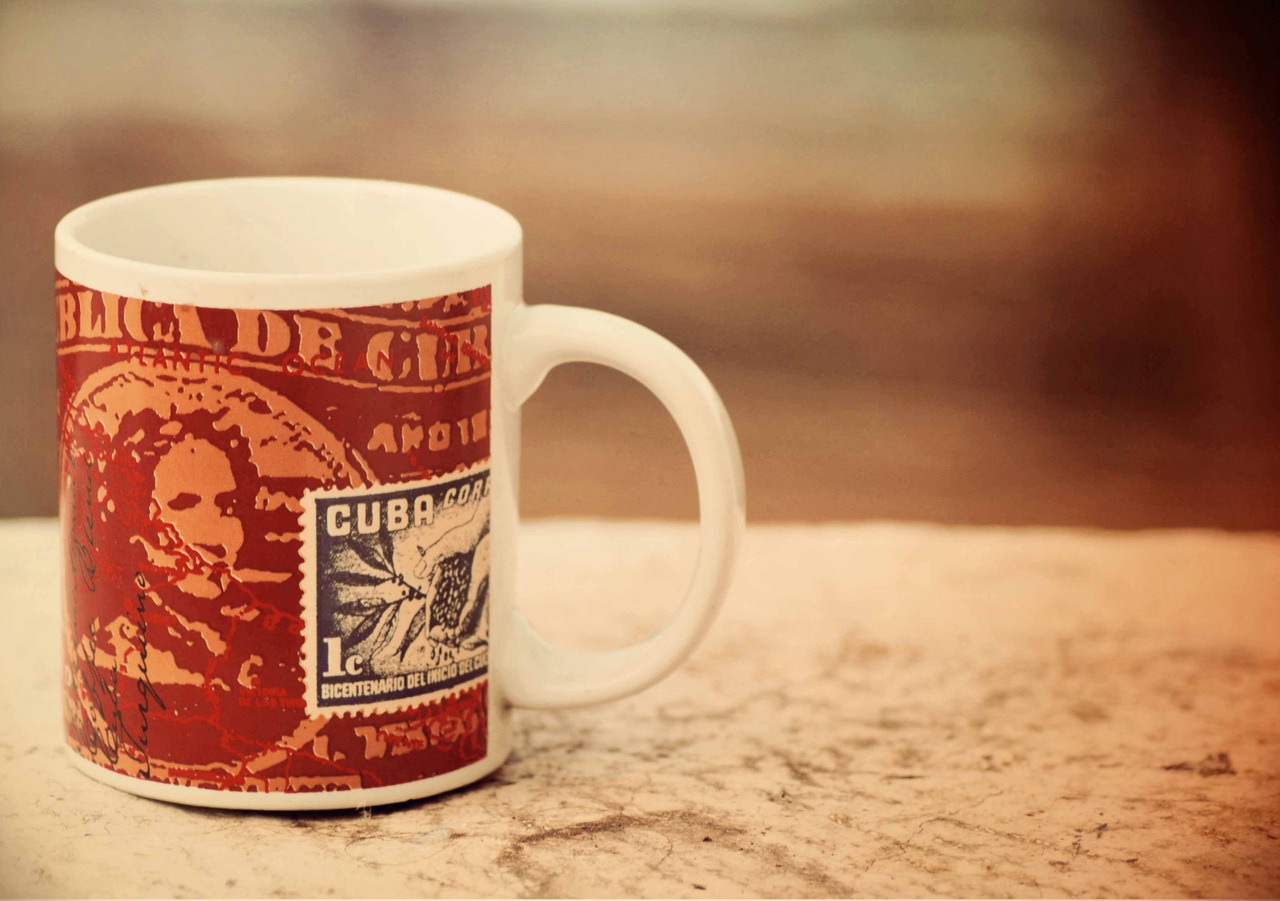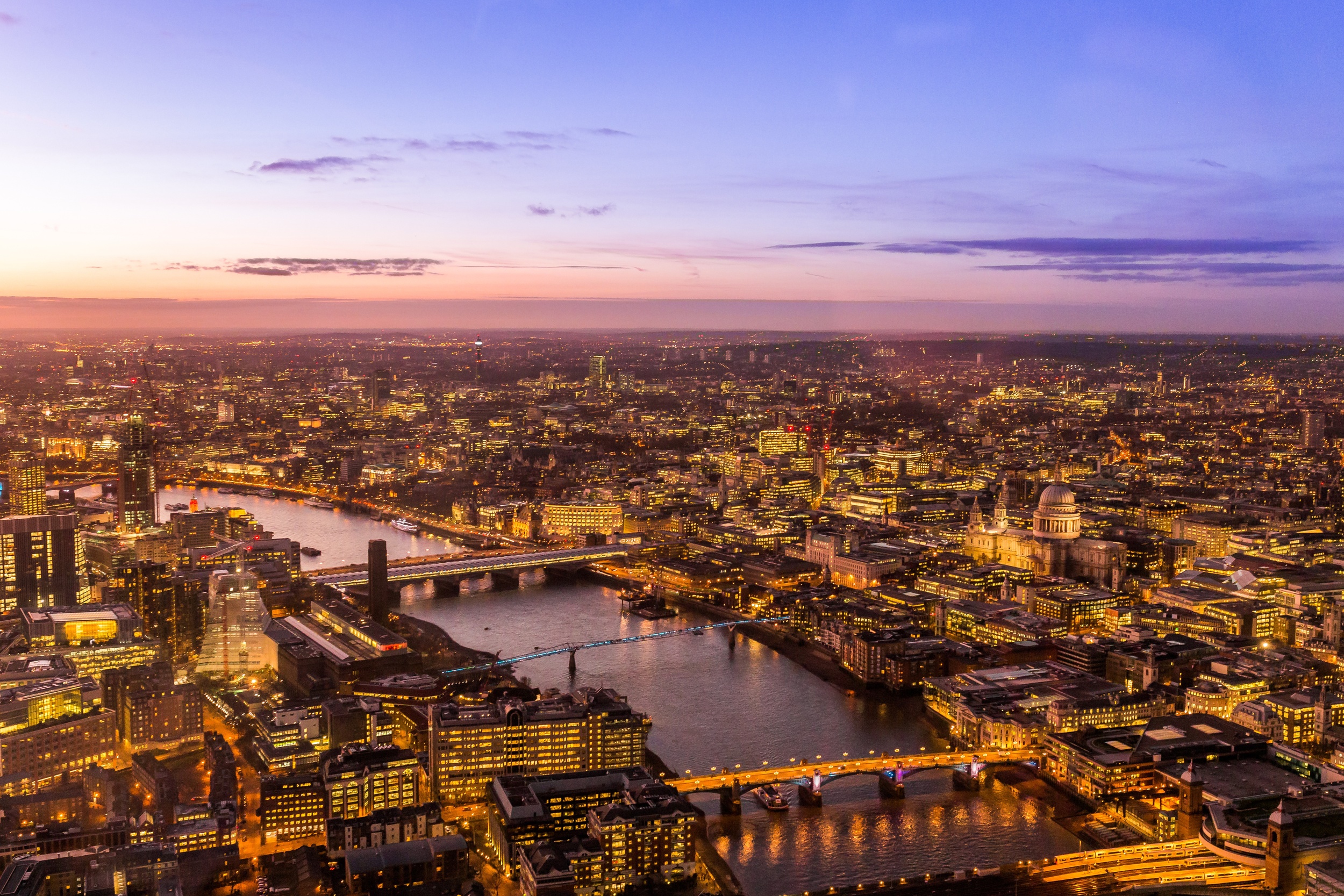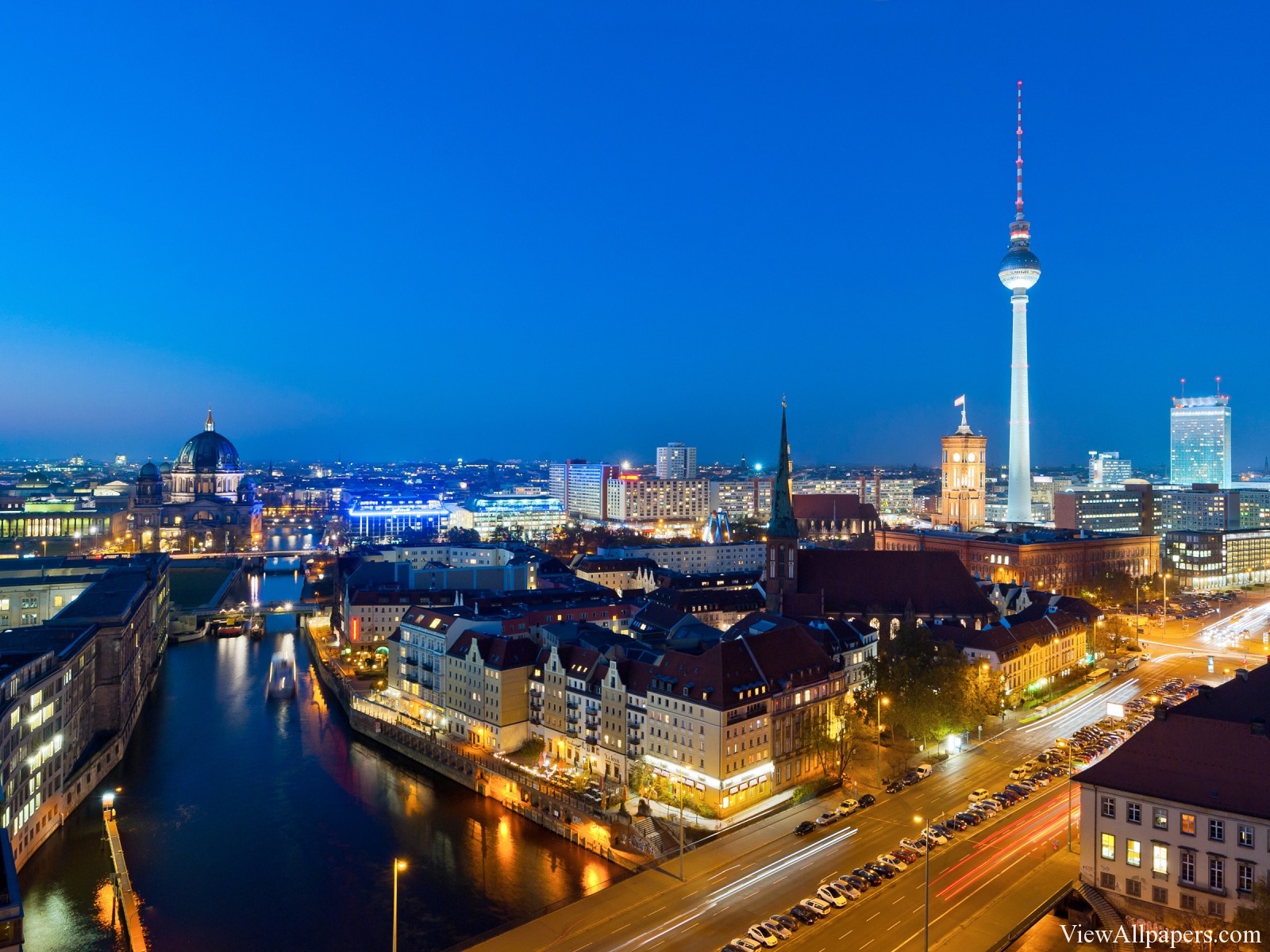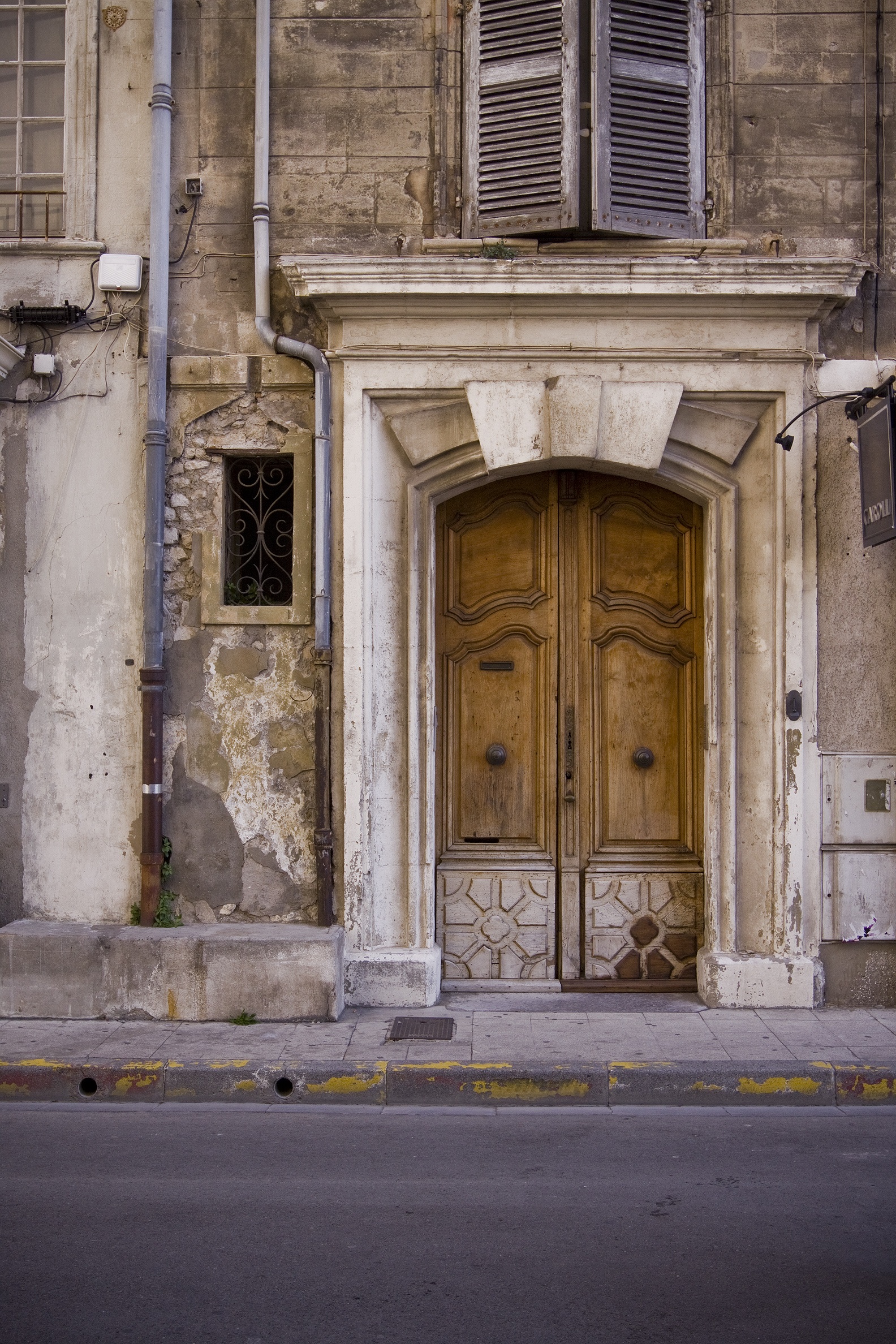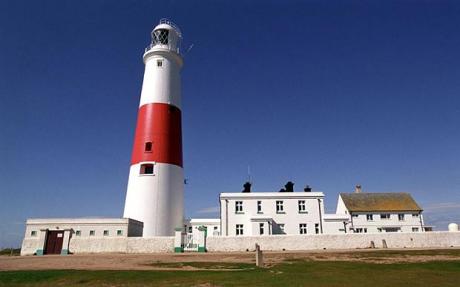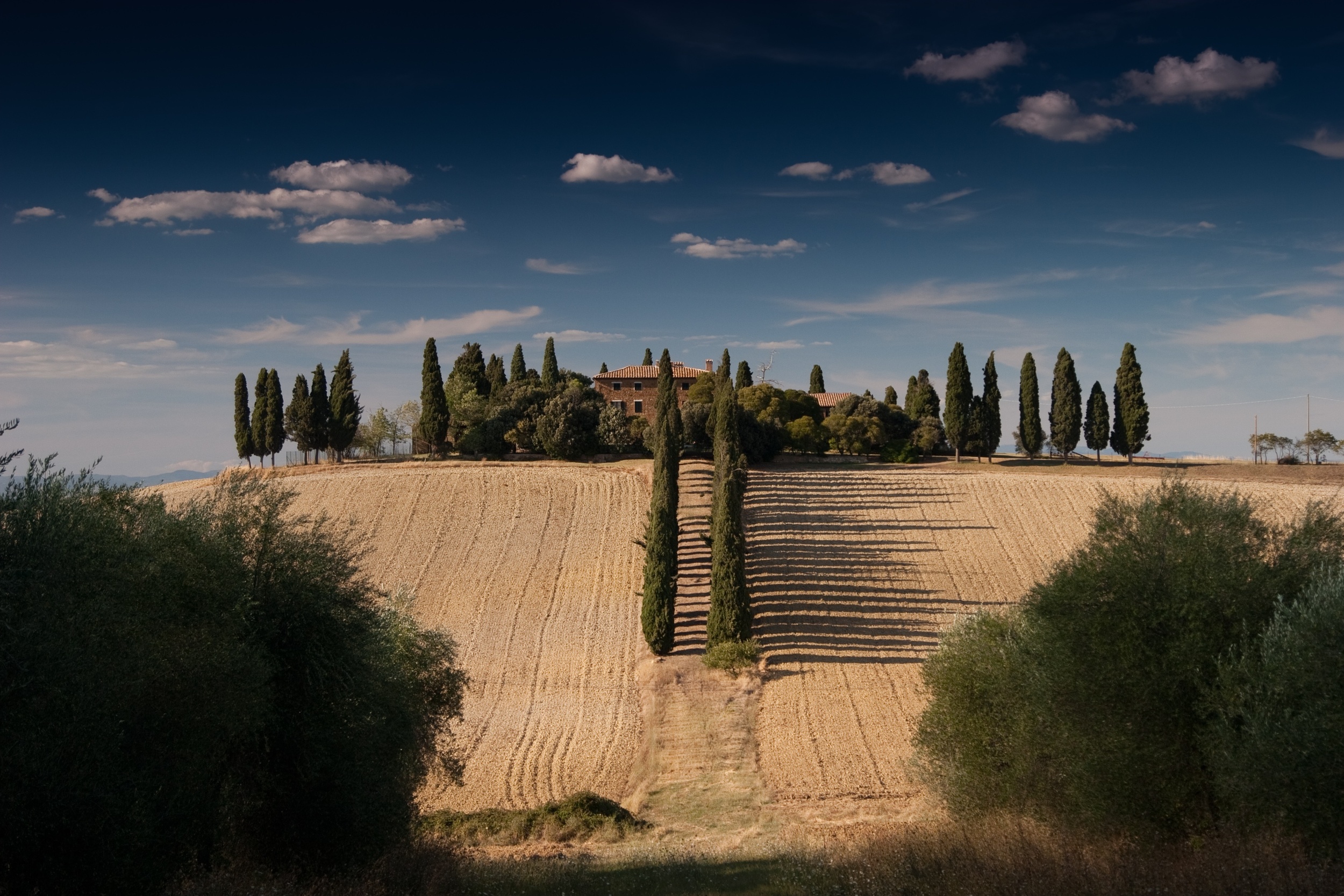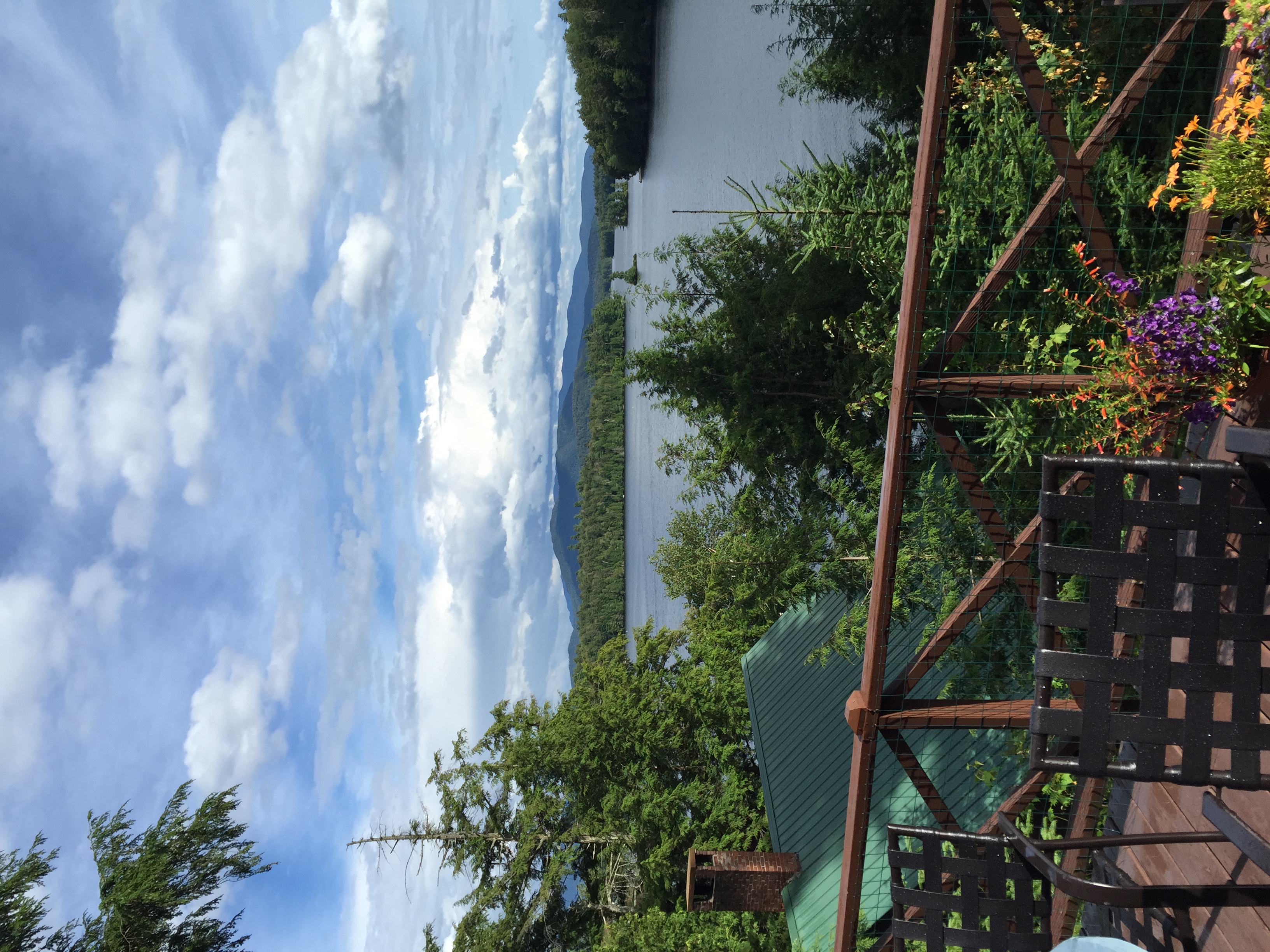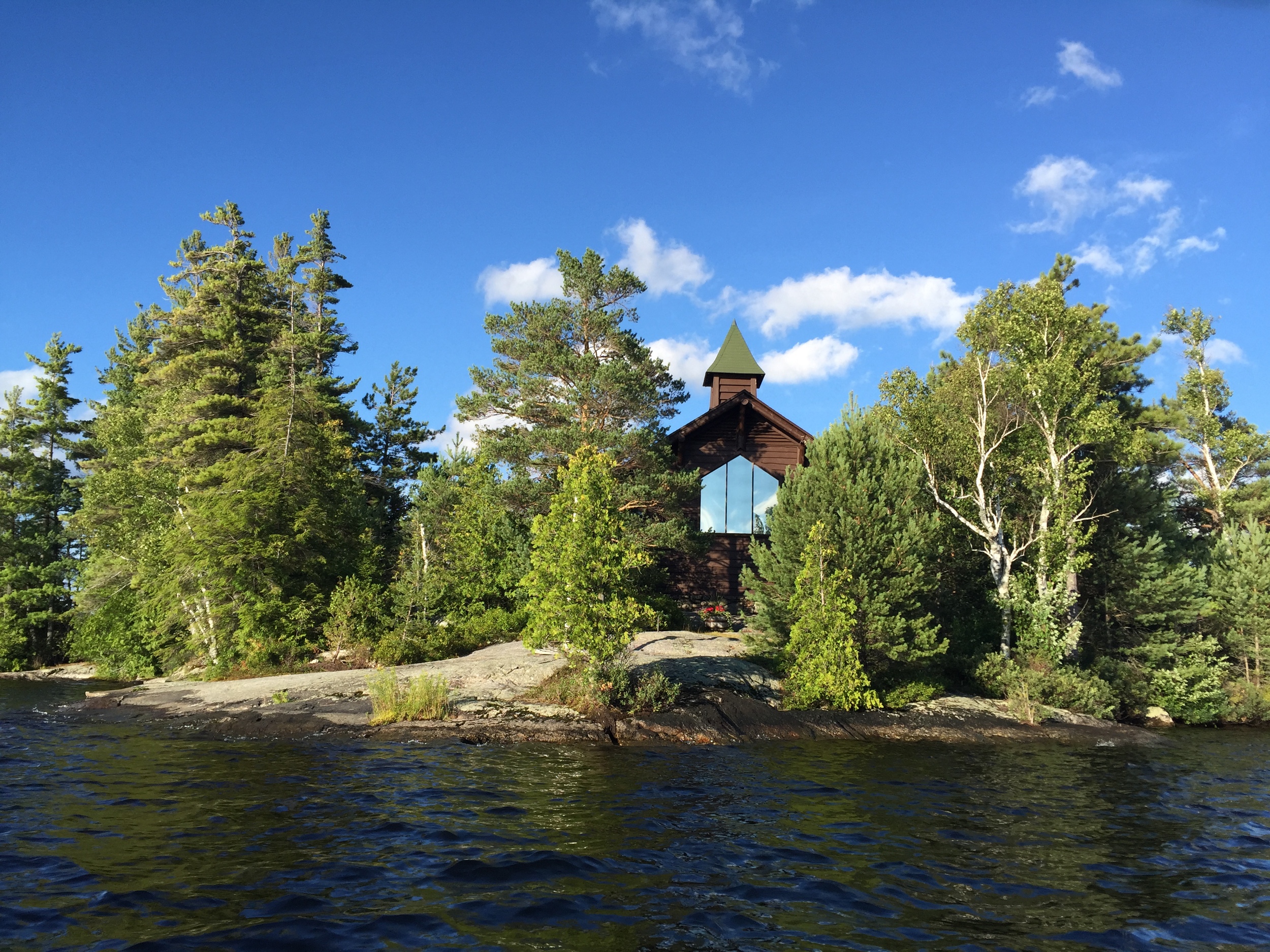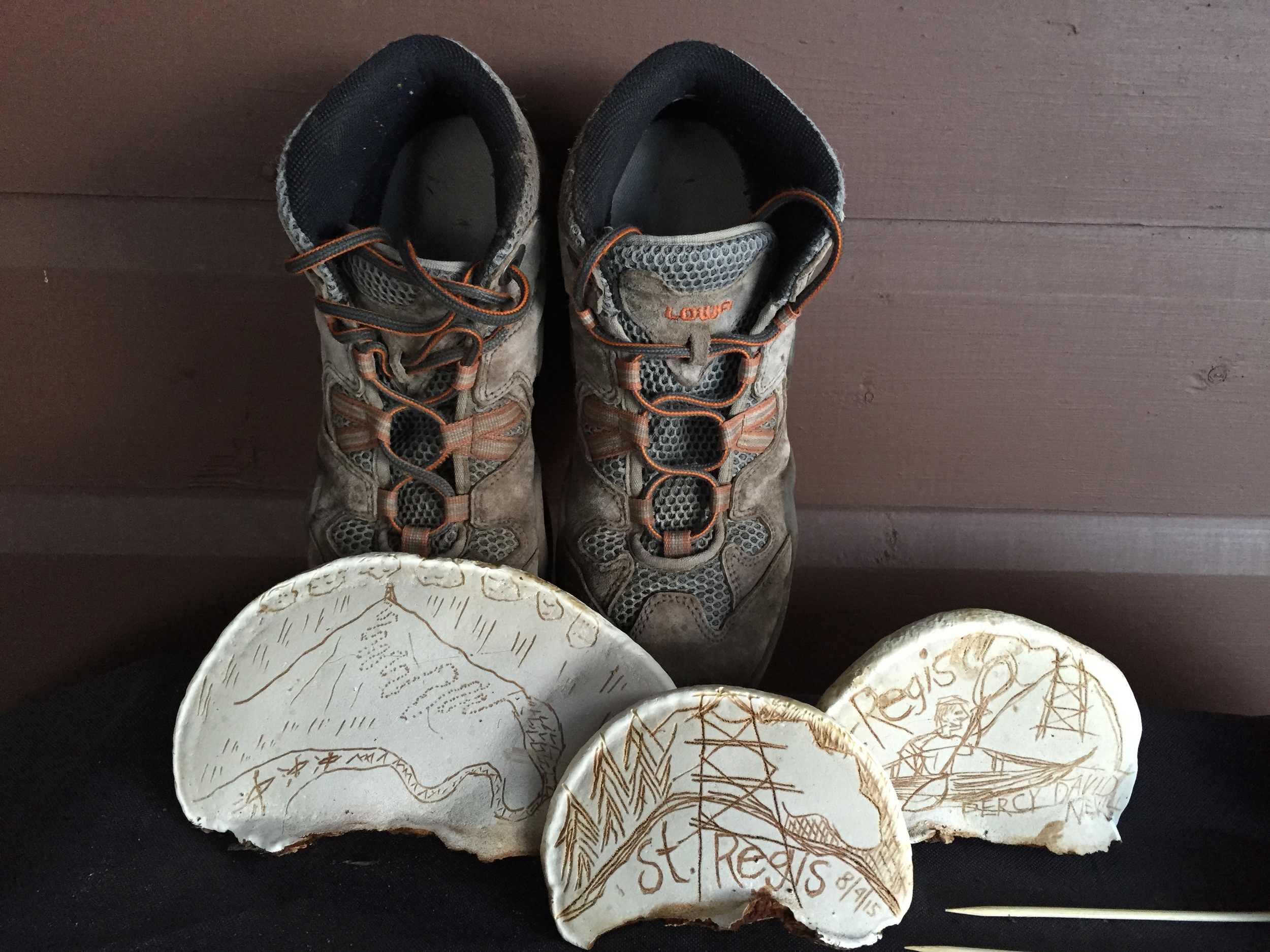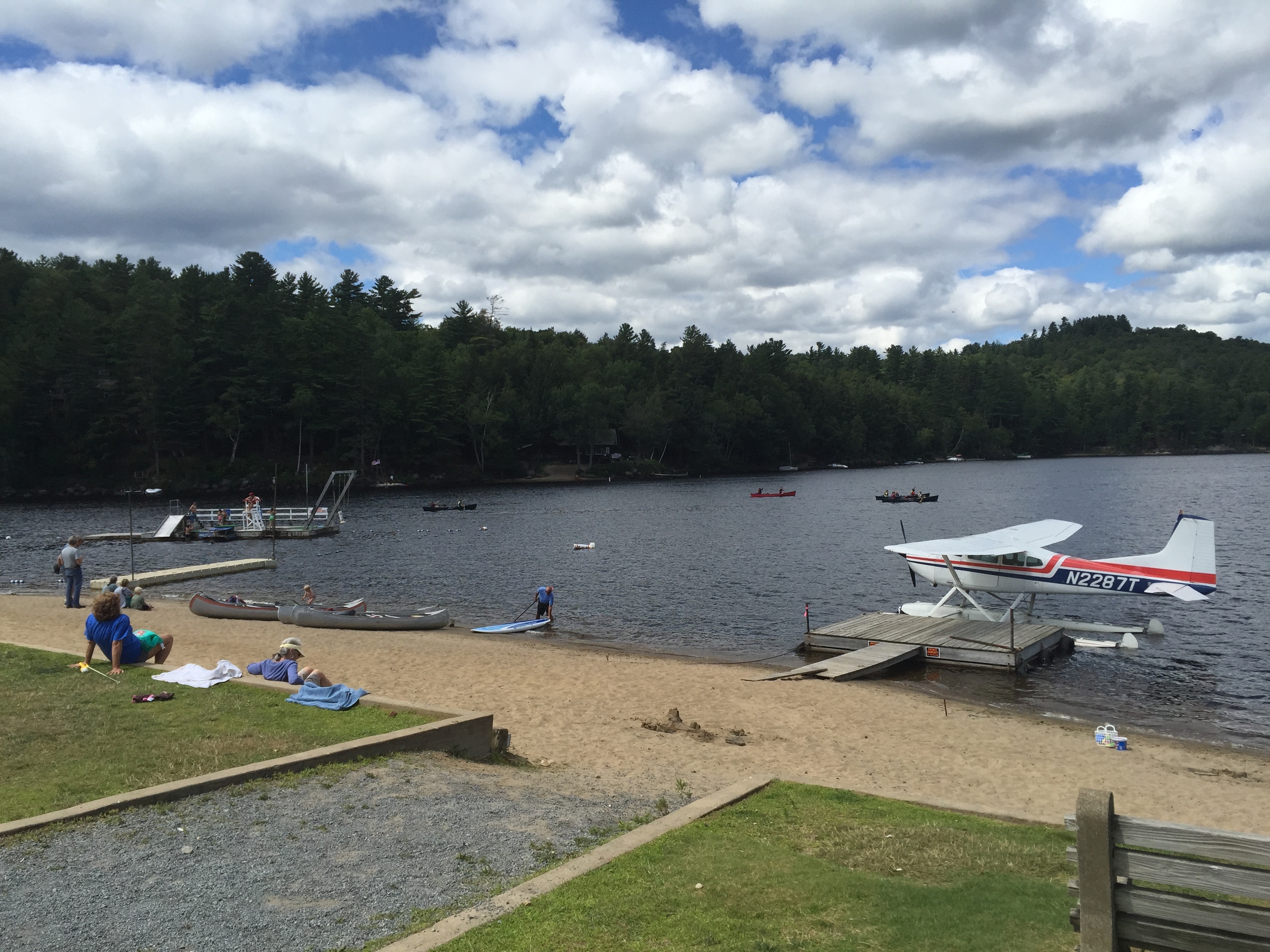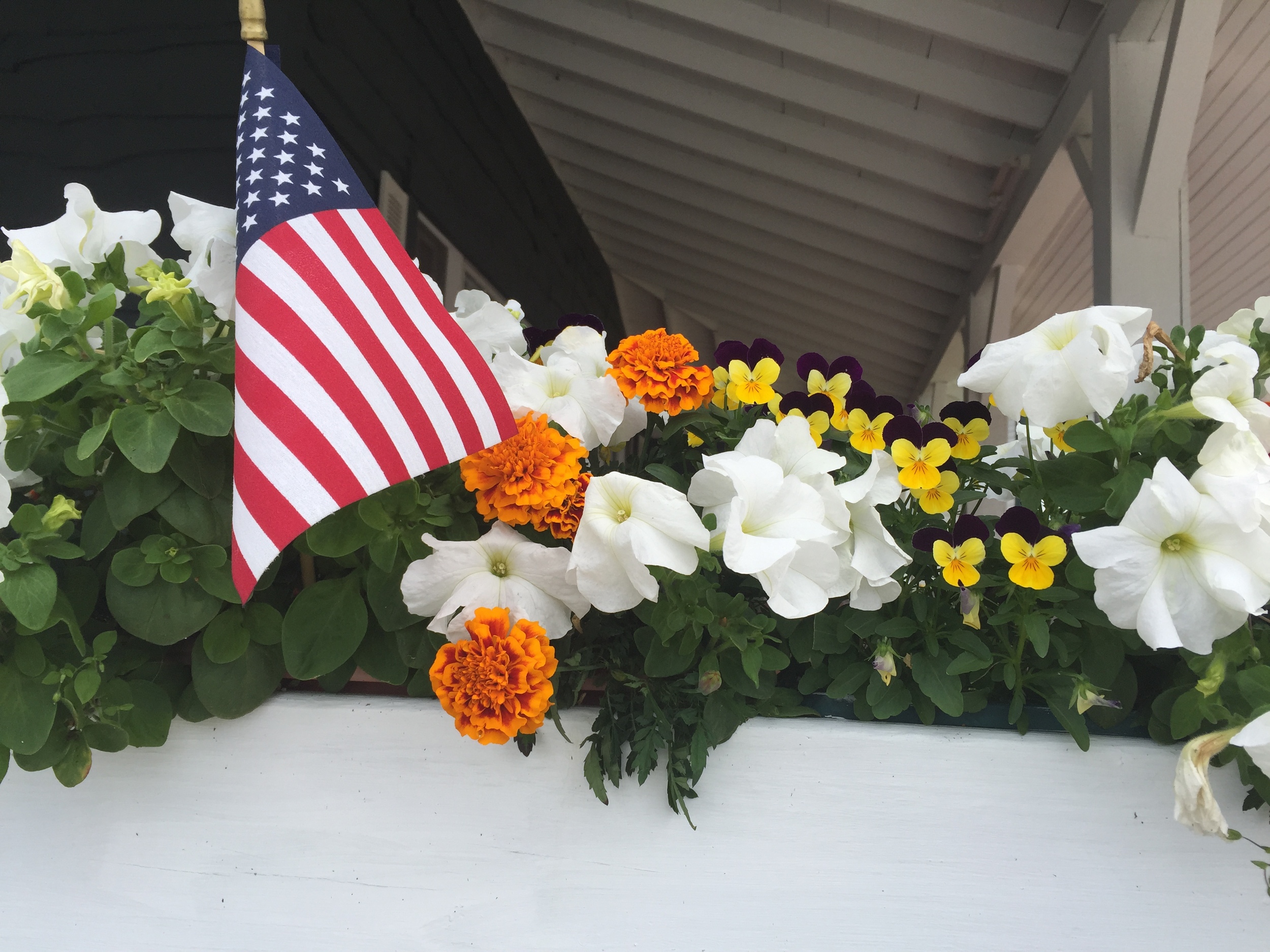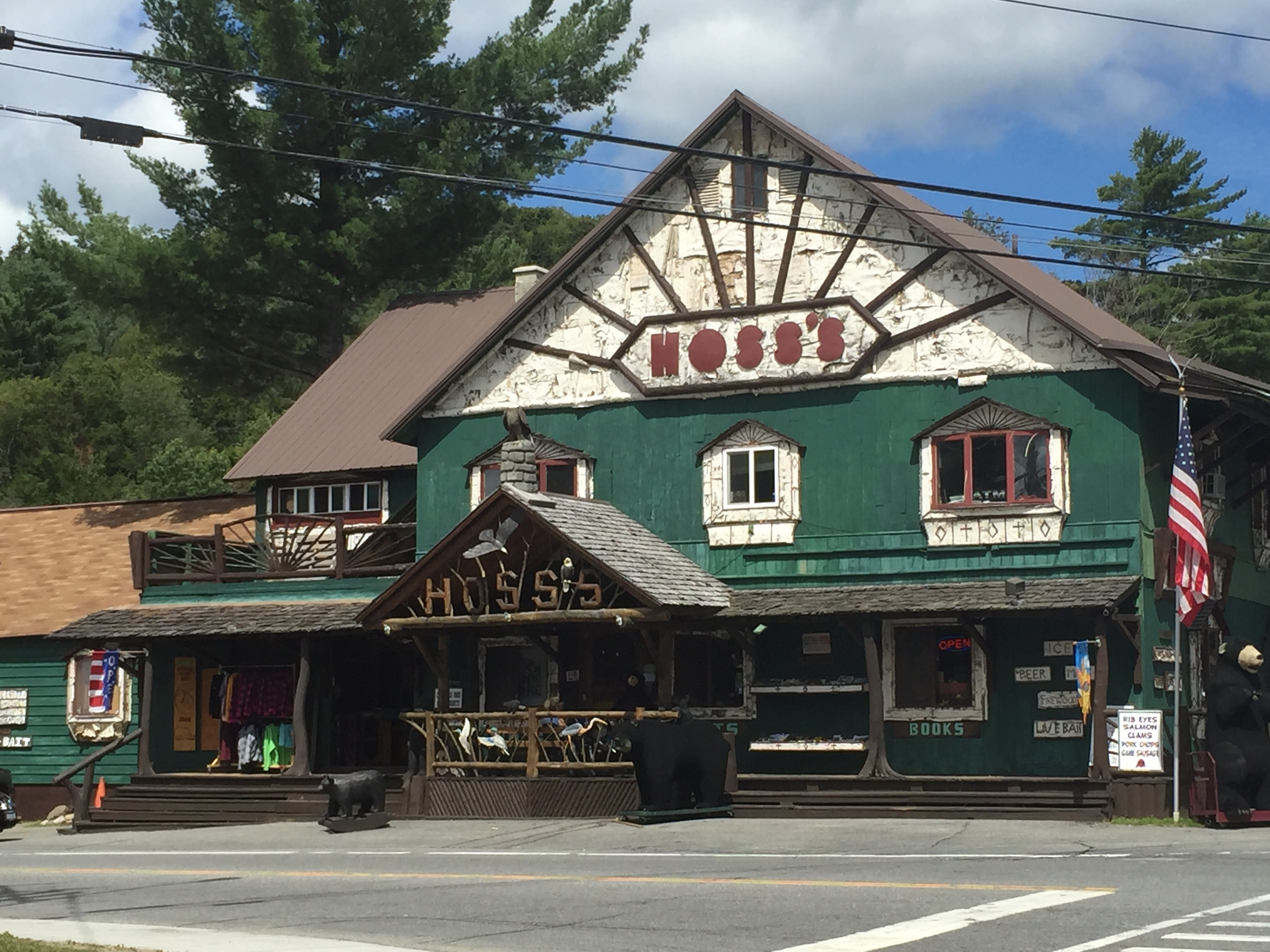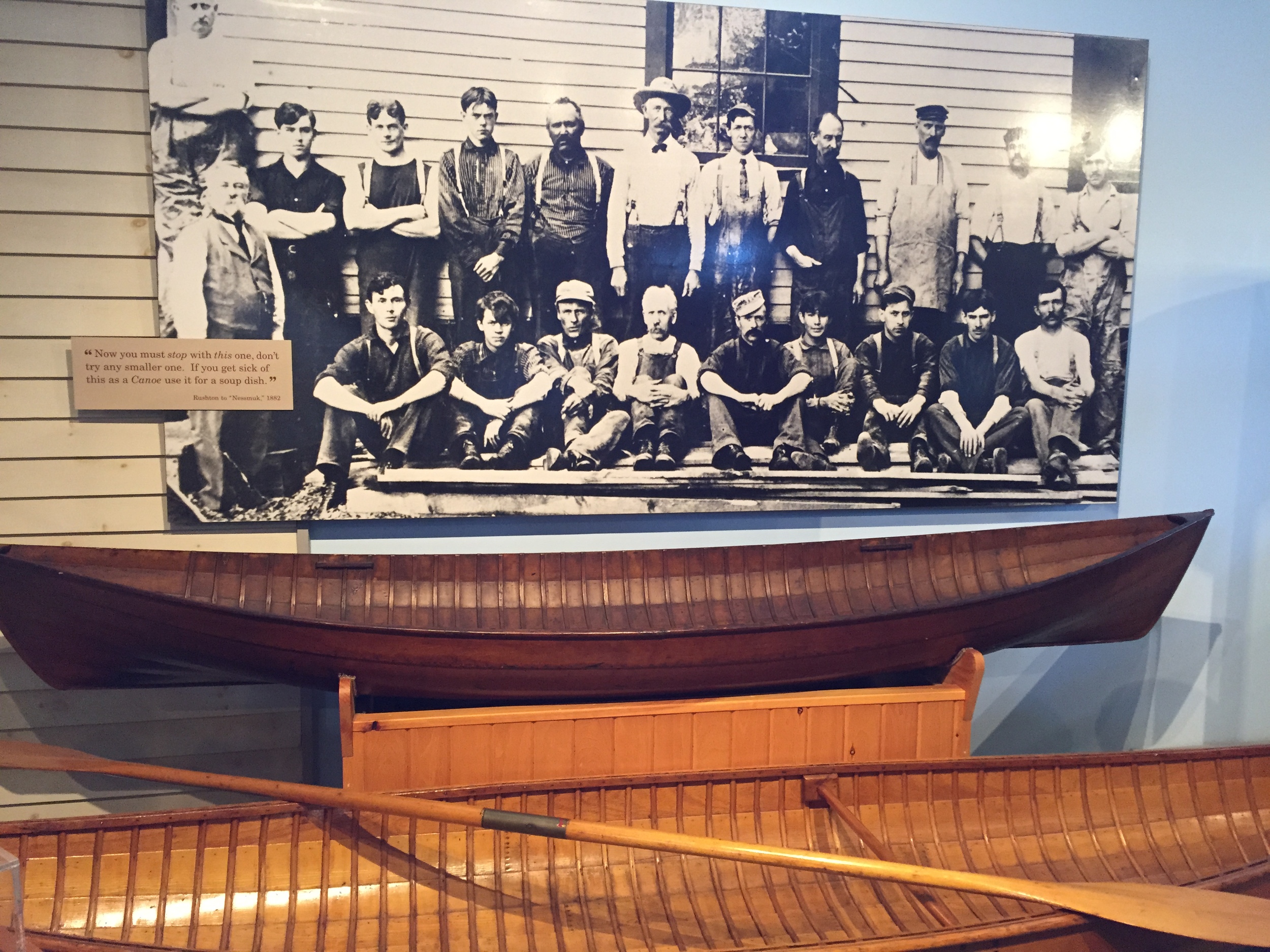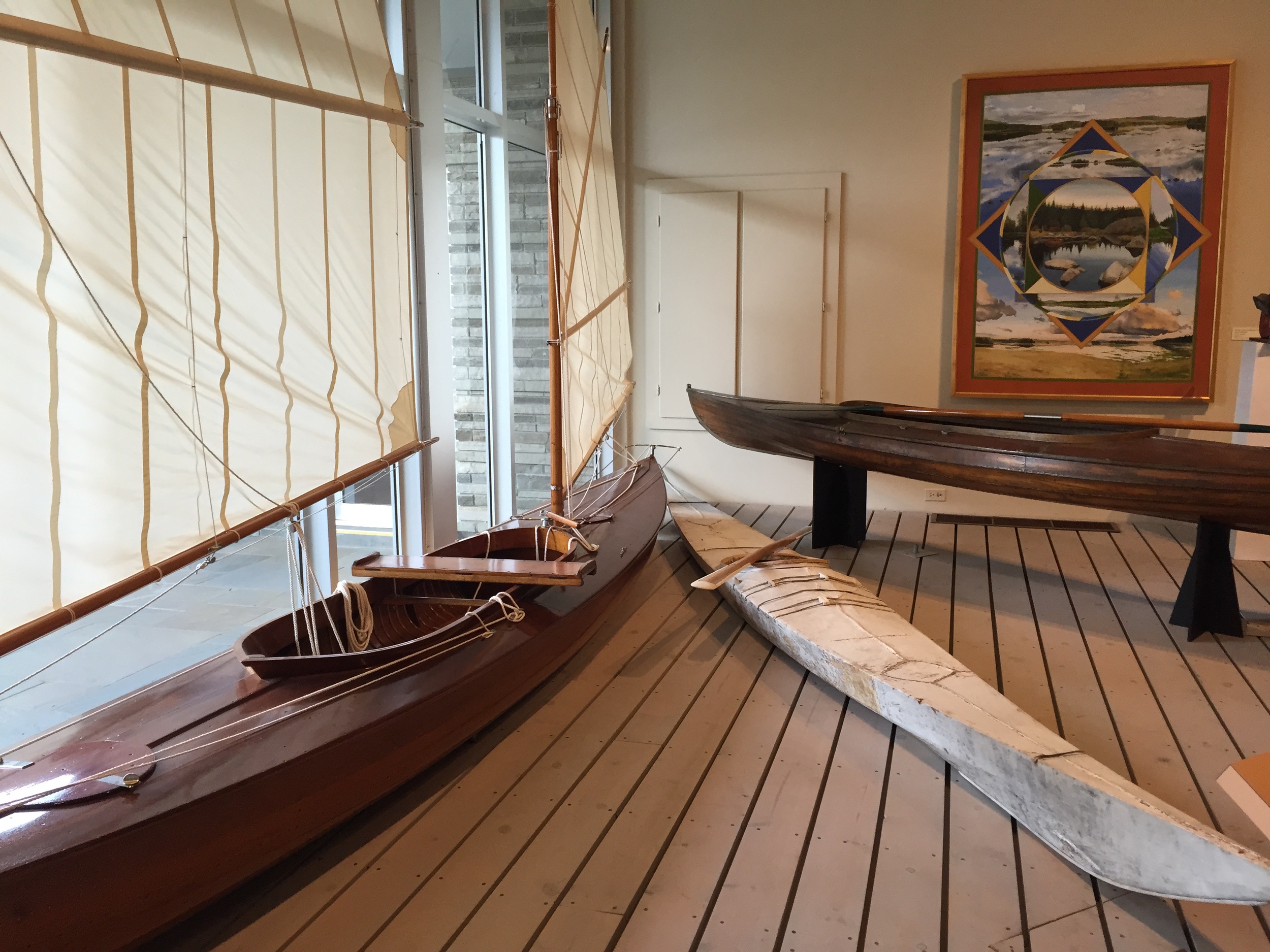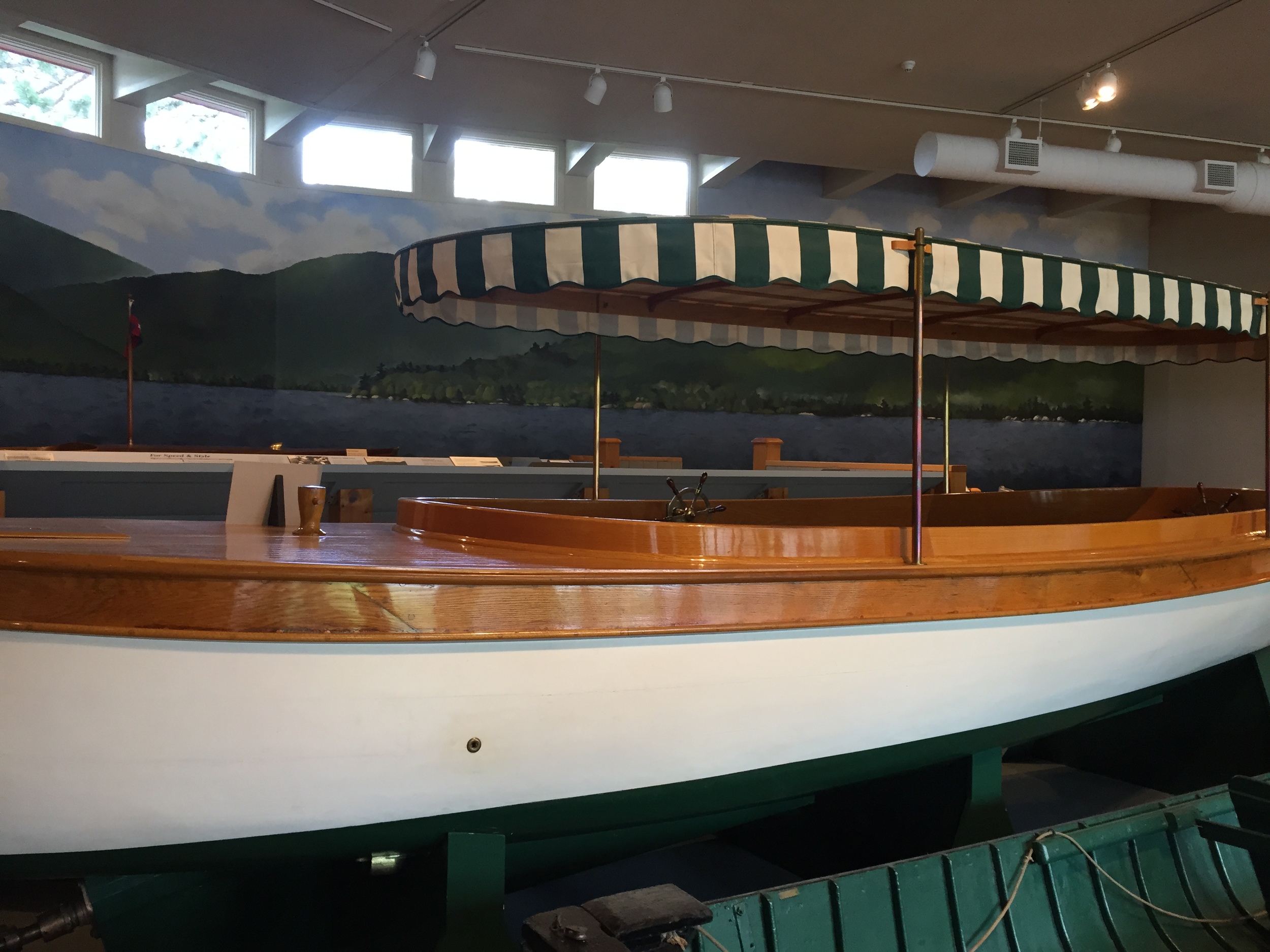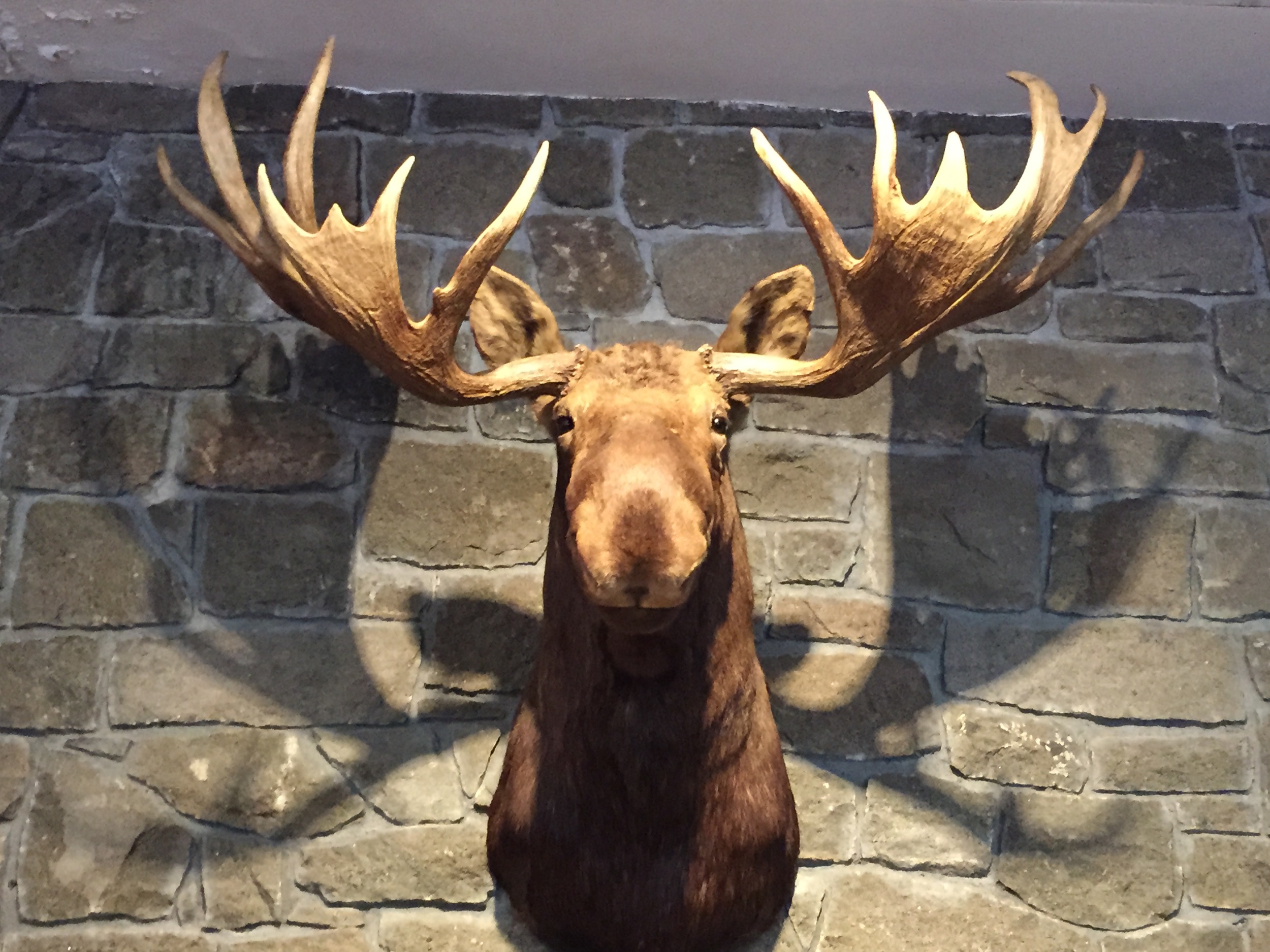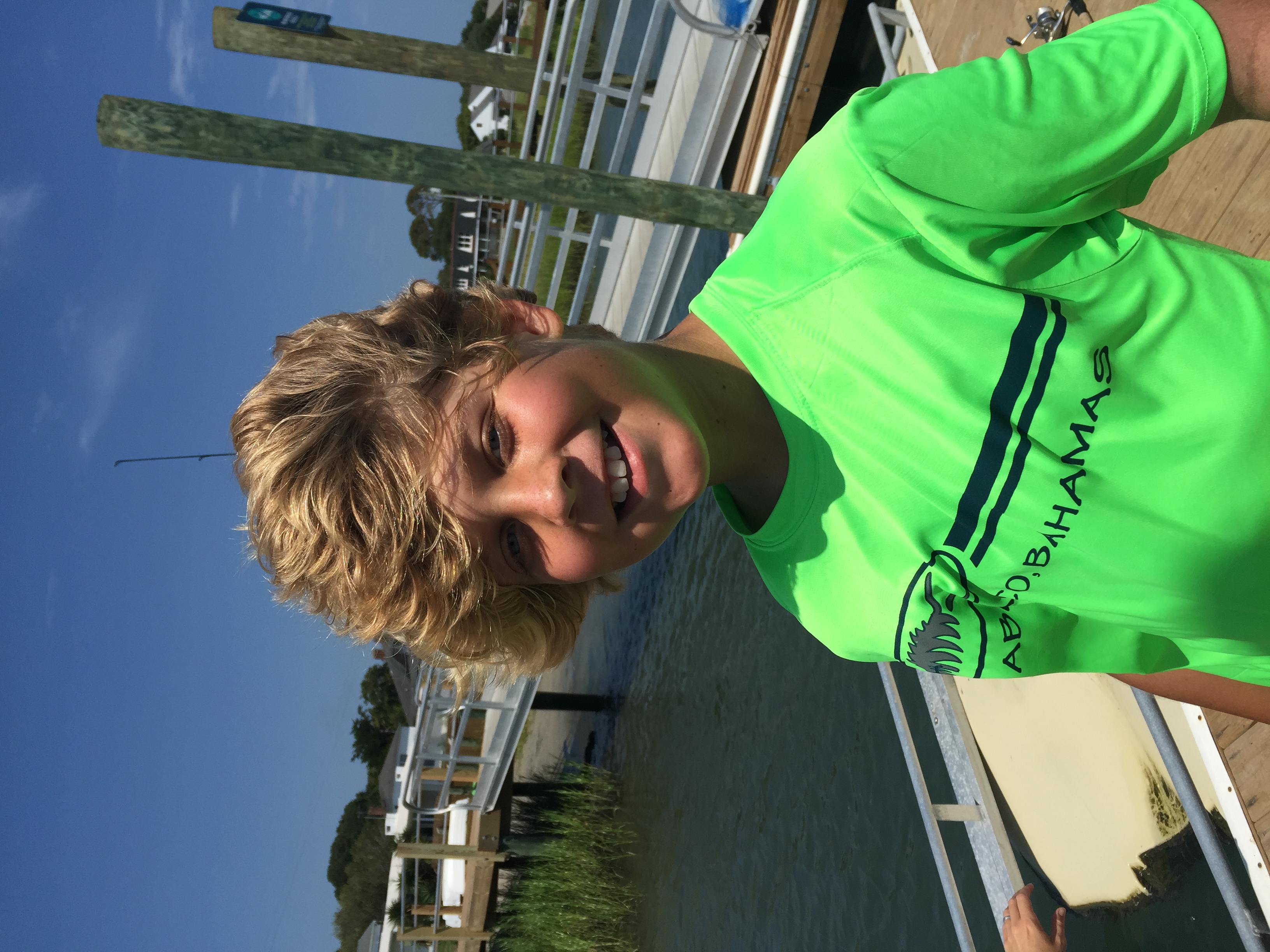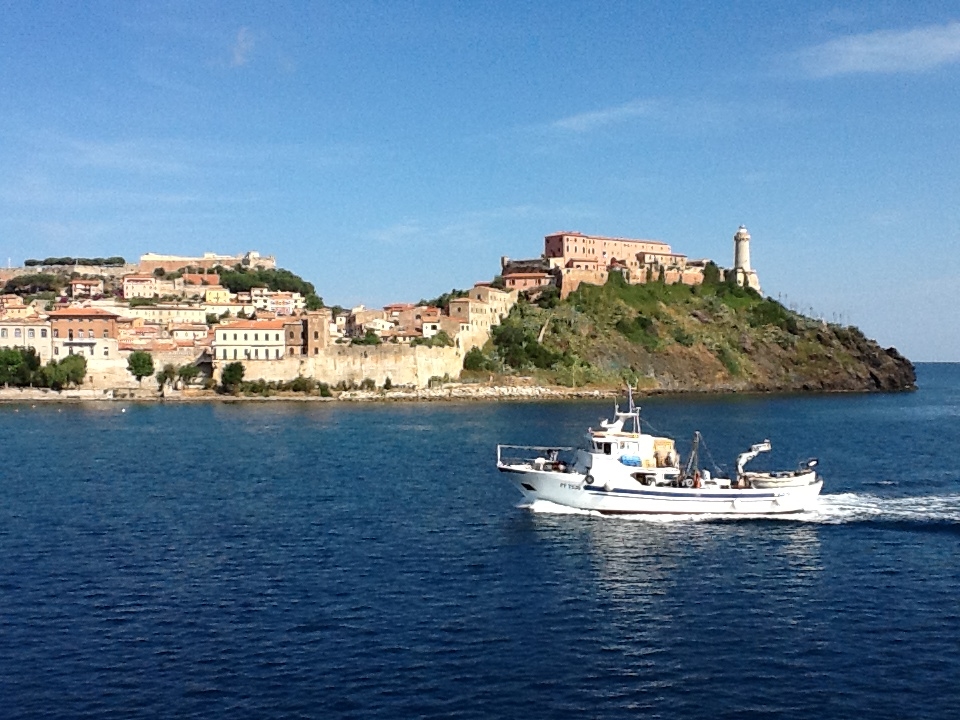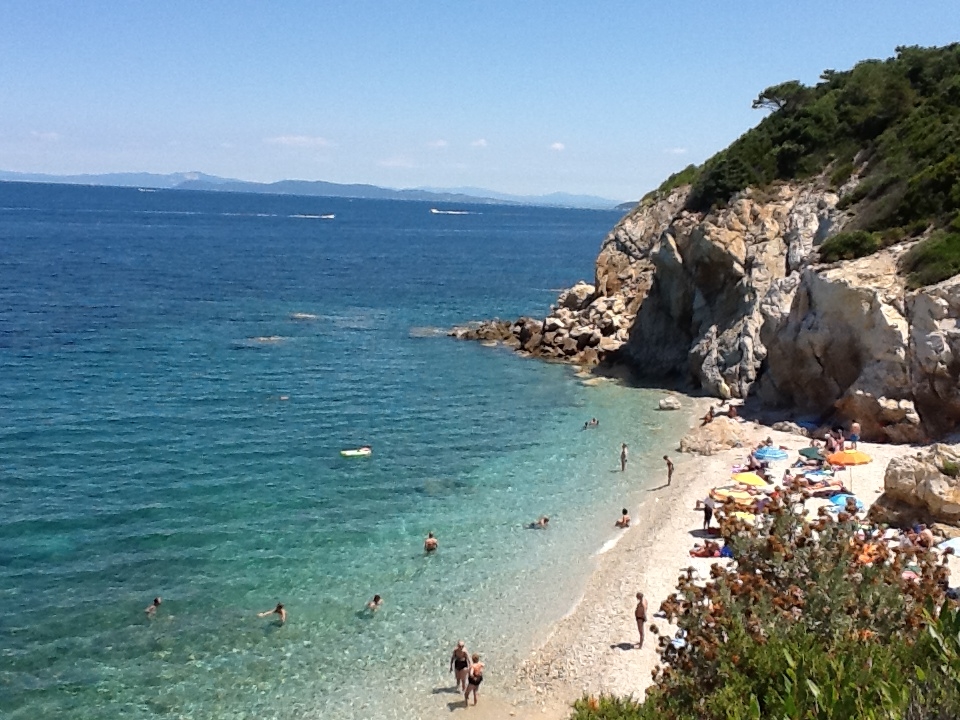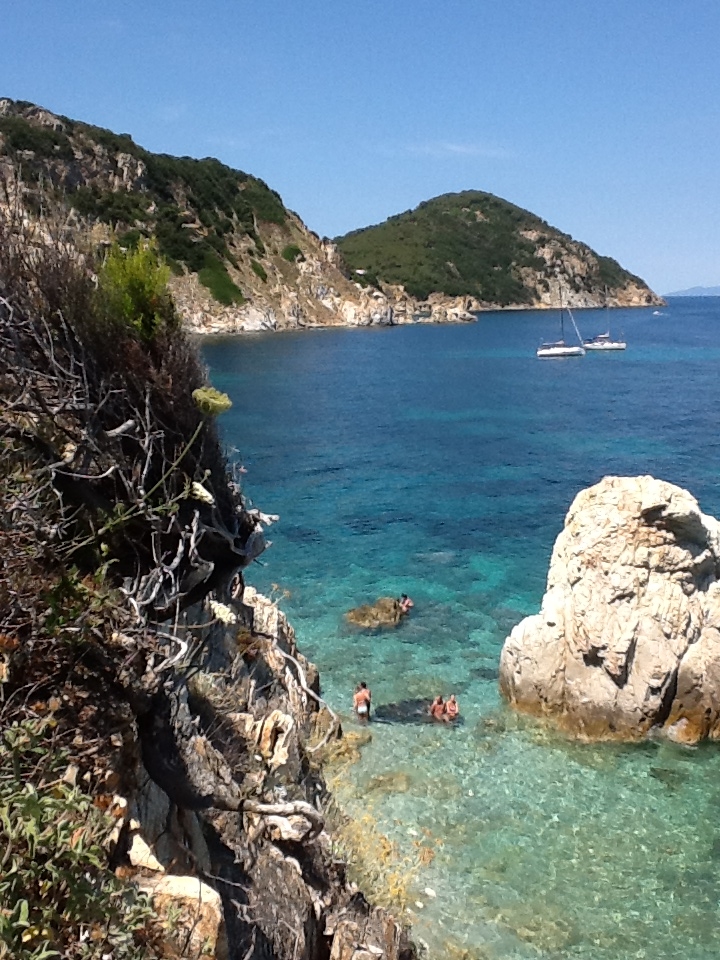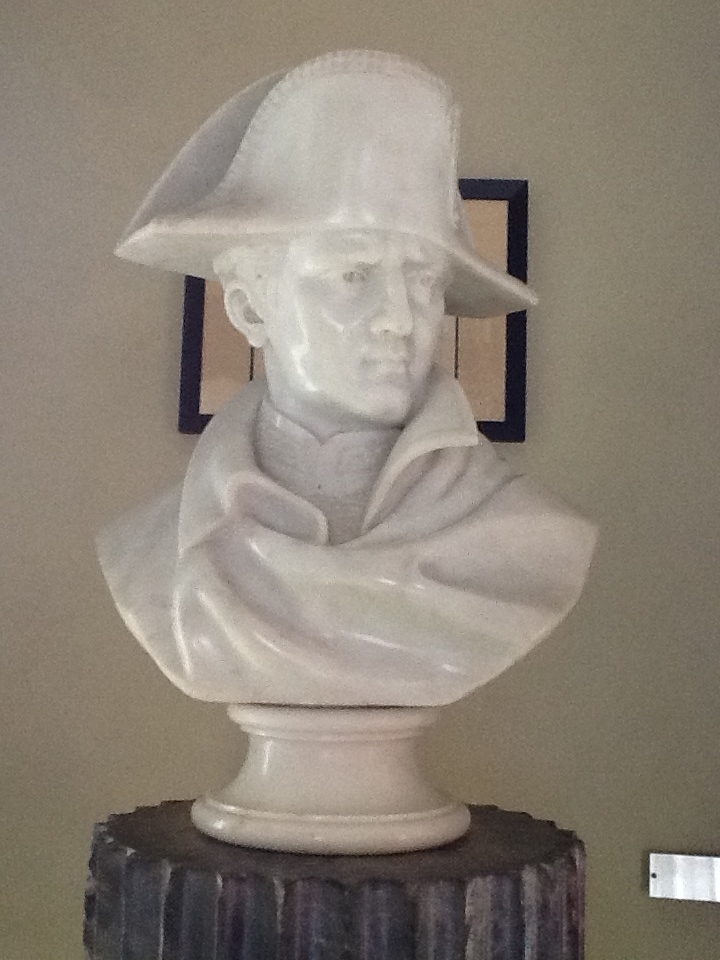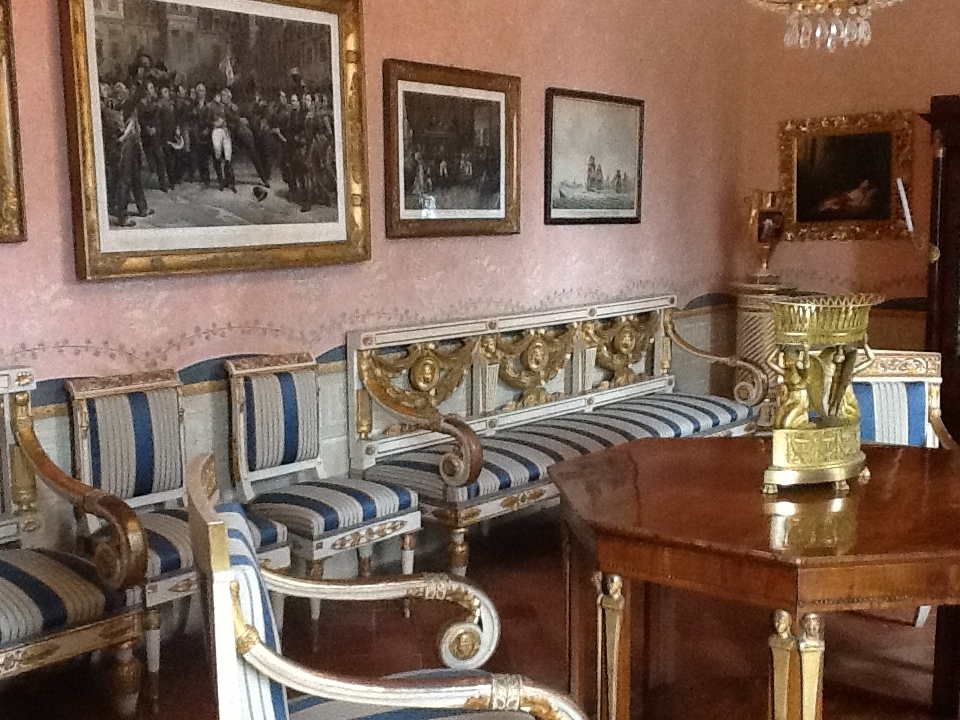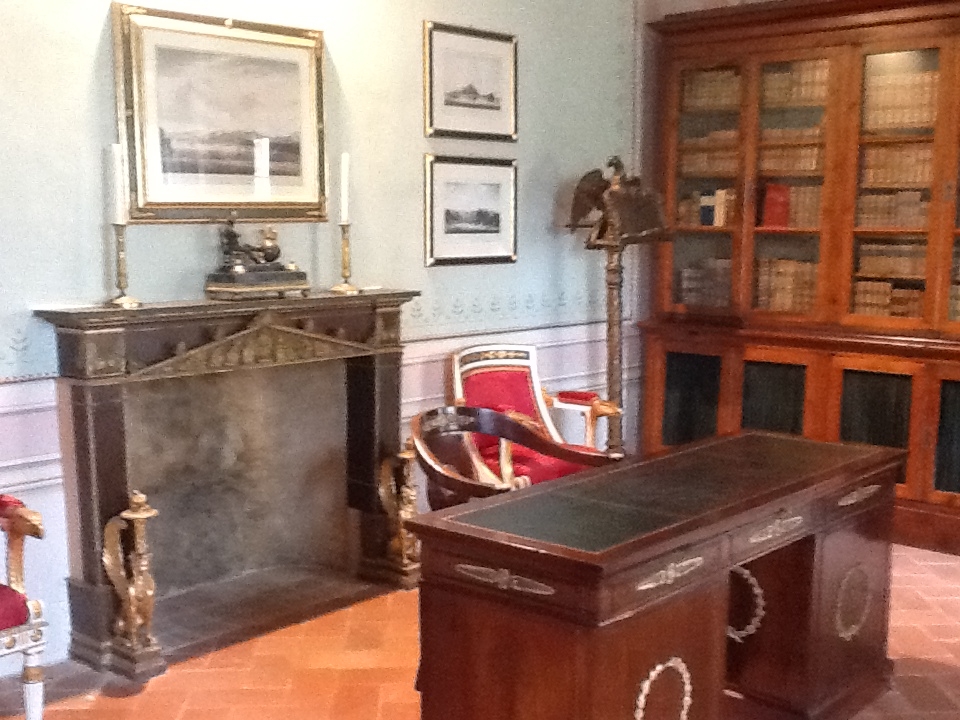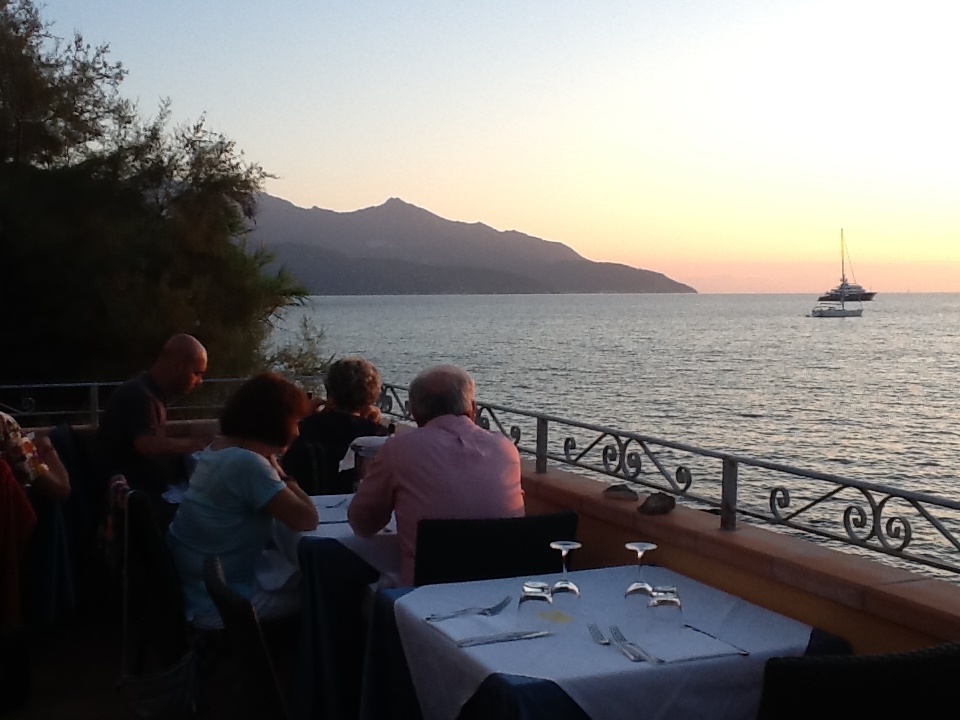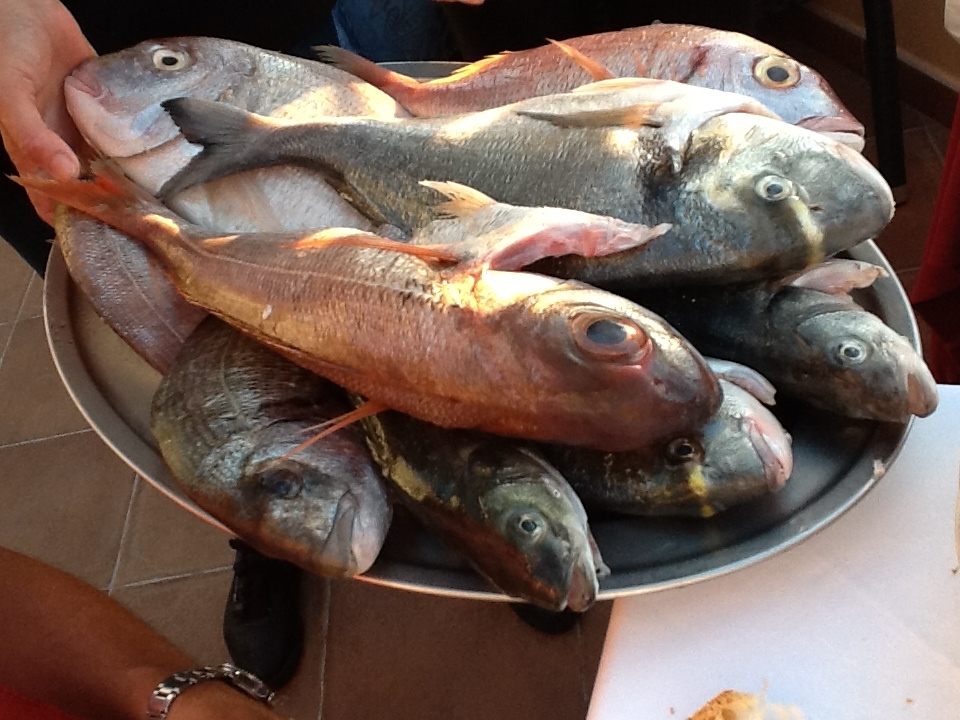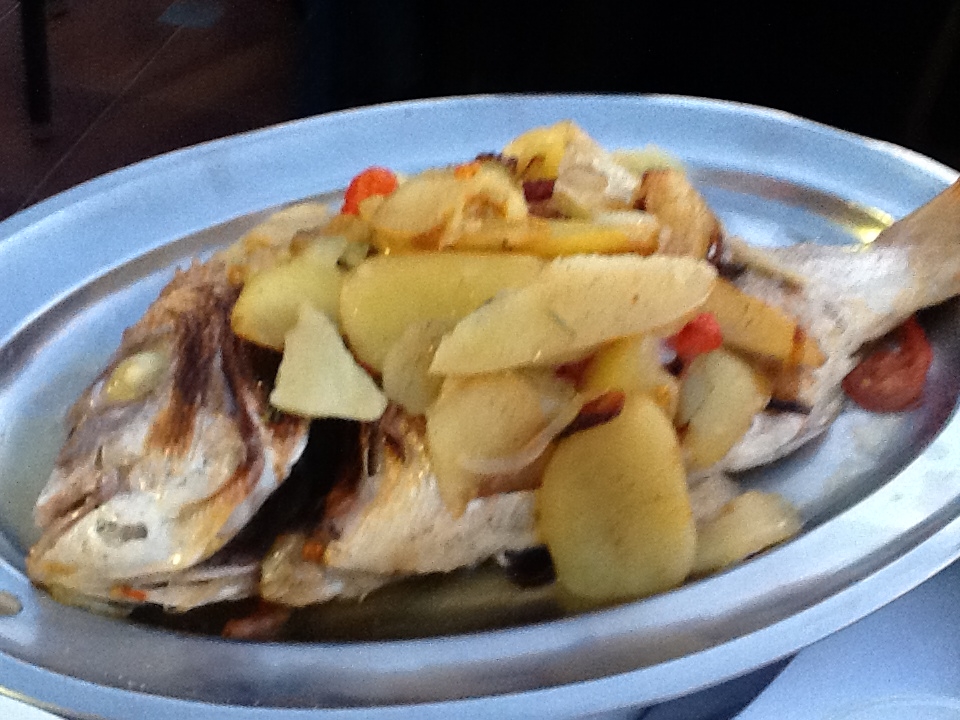I am a lucky girl--which I did know already but this remark is occasioned in particular appreciation of my friend Kristin Peterson Edwards. Kristin and I came together through our love of travel, art and food--and not long after meeting we were leading trips together. Berlin in 2014 and Buenos Aires in 2015. Now looking ahead to 2016, we have Berlin back on the schedule and a very exciting new offering--Copenhagen. We are still putting the finishing touches on that itinerary but it's almost done and it will be coming your way very soon. In the meantime, I thought I would share the inspiration for choosing Copenhagen--Kristin's fantastic, fun and fabulous trip there last summer. She wrote a terrific recap of it for her blog, kpeARTS, reposted below.
It should probably come with a warning, though--it's so good you are almost certainly going to be hooked--just like me!
SATURDAY, AUGUST 1, 2015
Copenhagen :: sea + art + salmon
C o p e n h a g e n - a northern city of light...
About a week ago I had the privilege to visit a dear friend of mine, who is both Danish and an artist. Charlotte lives near me in the States but has a summer cottage in Tisvildeleje, Denmark on the northwest coast of the Danish island of Sjælland. The village, which sits along the coast, is about 40 miles from Copenhagen and was the perfect haven to spend some time in Denmark. It reminded me of a smaller version Montauk with some residential areas similar to the Dunes in Amagansett. And it was so easy to get in and out of Copenhagen.
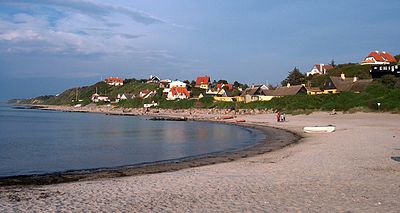
Tisvildeleje
I arrived early on Monday and spent the morning wandering around the old part of Copenhagen around the Nyhavn. The streets were just waking up but the light was spectacular. I almost had the city to myself. The cafés were just opening up and trucks were making deliveries of fish and produce. Locals were just starting to fill the streets on their bikes. After a while I found a corner bistro to sit, have a coffee and plan the rest of my morning.
Bar Central was the perfect spot and off the beaten path.
Nyhavn
After a little refreshment and rest for my feet, I headed to the King's Garden a few blocks away for a visit to Rosenberg Castle, which was built by the King Christian IV, one of Scandanavia's most famous royals. The castle now houses an incredible collection of intricate decorative arts as well as Denmark's Crown jewels. The gardens were exquisite and in full bloom -- the square park with it's surrounding buildings reminded me of Place des Voges in Paris.
I continued my walking tour past the Round Tower, and through the Købmagergade - the pedestrian shopping street - to the Amagertorv Square. The old part of the city with all of it's spires and unique rooflines is like a trip back to medieval times. Now the neighborhood is filled with all of the stores of Fifth Avenue as well as the Denmark's own Georg Jensen and Royal Copenhagen
.
I eventually made my way to Café Victor , a local hot spot, where I was meeting Charlotte for lunch. I was thrilled to enjoy a traditional Scandanavian treat that my father has always loved -- spicy herring. And it was prepared with all the fixings normally associated with smoked salmon - robust capers, red onion and créme fraiche. And the typical dark Danish bread - rugbrød. It was the perfect welcome meal in Copenhagen. After lunch, we walked to one of the canals where we boarded an hour-long siteseeing tour of Copenhagen via the water. Many of the landmark buildings - both old and contemporary - are situated along the water front - including the new "black diamond" national library and the Copenhagen opera house.
After a full day as tourists, we drove the 50 minute trip north to Tisvildeleje where we had an early dinner and called it a night.
One of my incentives for making the trip to Denmark was to visit the Louisiana Museum of Contemporary Art , which is north of Copenhagen and about a 40 minute drive from Tisvildeje. The museum was founded in 1958 as a collection of Knud W. Jensen’s so-called “sauna principle”.
Jensen divided the exhibitions into hot and cold varieties: The hot consisted of artists that the guests already knew – the great modern classics – while the cold gave room for names the guests had never heard of – the less easily accessible, often contemporary artists.
The permanent collection is worth the visit alone but it was also fabulous to see the Peter Doig exhibition. The collection has exquisite examples from the most important modern and contemporary artists. The property is perfectly manicured along the sea and landmark sculptures are prominently installed in the grass. I loved being able to look across the water at Sweden where my father's family is from - another destination at the top of my "to go" list.
After an incredible afternoon looking at art in one of the most beautiful settings, we returned to Tisvildeleje and ate at a new local tapas restaurant Kongernes . Known for their beef, we split a steak entrée which was cooked to perfection. And we did back flips over the cheese platter we had for dessert -- complete with rhubarb confit. The outdoor seating with it's "wood-stack" wall was chic and inviting.
The next day we returned to Copenhagen to go to the National Gallery of Artand visit some of the Scandanavian design stores. The National Gallery was recently renovated with a beautiful sleek addition to house much of it's contemporary collection. It's located on an exterior corner of the King's Gardens across from Rosenbørg Castle and the rear of the building overlooks a beautiful pond filled with swans. The National Gallery is Denmark's largest art museum and entry is free.
The collection houses a rich and varied selection of art - ranging from the European classics of the Renaissance to amazing international works of modern and contemporary art. The museum is known for it's gorgeous collection of the Danish Golden Age art, the most comprehensive collection of Danish contemporary art. It also boasts an impressive collection of works by Matisse. I was truly blown away by the building itself and we spent several hours there working up an appetite for lunch.
After several hours at the National Gallery, we headed to the Copenhagen old city core where we had lunch at the vintage 70s spot Café Dan Turell, named for the influential Danish writer. While in Denmark, I embraced my Swedish roots and enjoyed salmon and herring as every meal that I could. So I was thrilled with my salmon sandwich complete with fresh dill, arugula, tomatoes, radishes and a Danish smoked cheese.
We had hoped to visit a few contemporary galleries after lunch but found many of them to be closed for the summer vacation or for installation. I had hoped to at least make it to Nicolai Wallner Gallery but that just means I have to make another trip back to Denmark.
Instead we hit a few of the Danish design stores, notably Illums Bolighus, which is a multi-story department store that boasts everything from housewares, furniture to clothing and baby gifts. I could have spent hours there but luckily we had a parking meter to attend to. I was able to find a few treats there to take home to friends and family.
On the way back to the car, we breezed into the newly renovated five-star Hotel d'Angleterre . Every detail was accounted for and it is fabulous in every way - - from the flowers inside and out, to the curve of the bar counter in the lobby lounge and the lush plum colored fabric on the lobby furniture.
We returned to Tisvildeleje and enjoyed a drink at one of the local cafés where live music was playing. And then we prepared a lovely Danish meal back at Charlotte's which of course included salmon!
For my last day, we explored the landscape and beaches in Tisvildeleje. The scenery and the light are works of art and so I was snapping photos all day. We took a two hour walk through the forest along the coast and perused the local shops in town. We also made an excursion to a local butcher where they cure and prepare all of their own grass-fed beef and pork. I was so excited to be successful in smuggling some of their sausages home to the States.
The highlight of that day though was our prix-fixe dinner at Helenekilde Badenhotel . Earlier in the week, we had been to the hotel after dinner in town to watch the sunset from the terrace, but the restaurant had been booked until tonight. The beach front boutique hotel exemplifies simplicity and luxury all wrapped up in one.
The first course was a fresh pea and avocado soup garnished with fresh herbs from their garden. The veal was cooked perfectly in a red wine reduction with chanterelle mushrooms and grilled leeks. And for dessert we were served an elder flower pound cake topped with homemade raspberry sorbet and fresh strawberries. It was a memorable meal.
We took our coffee outside on the porch where we watched the sun set at 10:45pm. If only everyday could remain light like that.
It was the perfect ending to a quick visit to Denmark. All I can say is that I wasn't disappointed and I can't wait to return. It was a fabulous introduction to all things Danish.
Below are a few pics of things that caught my eye during my visit...
POSTED BY
KRISTIN PETERSON EDWARDS
AT








